Red Bull BC One
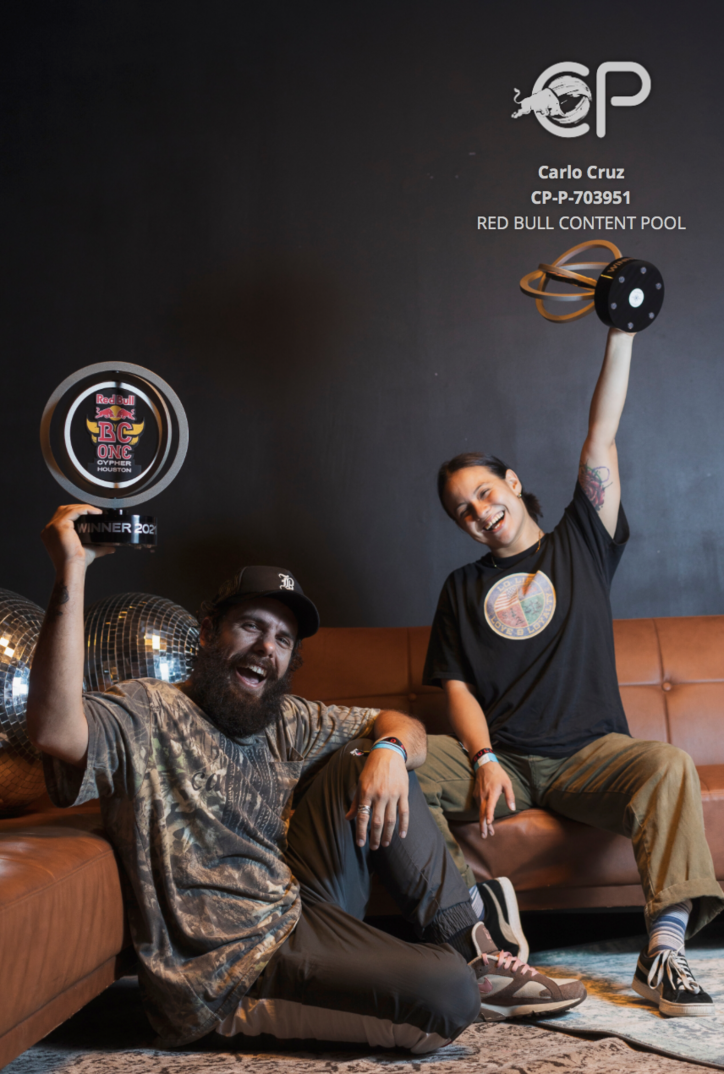
Stay informed on our latest news!

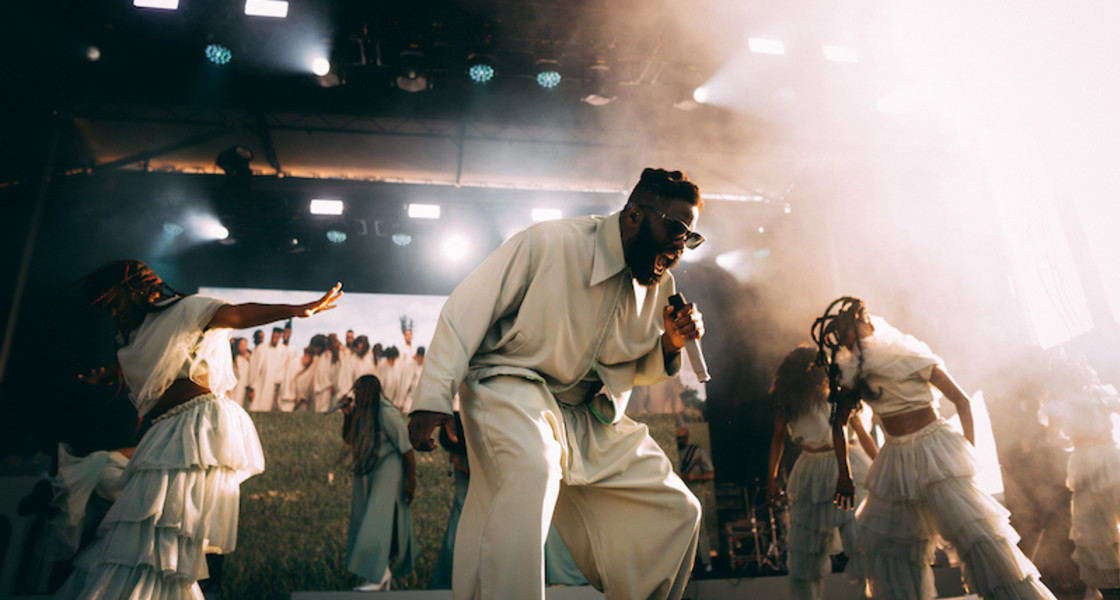
The fashion at Afropunk was a sight to behold. From afros to braids, and even edgy spiked hair, attendees adorned themselves with a stunning array of hairstyles, complemented by a diverse range of makeup styles and outfits. People flaunted an eclectic mix of fashion choices, including flowers, fringes, leather, crochet, vibrant colors, and unconventional footwear. It was a vivid display of the individuality that each Black person brings, dispelling the notion that Black culture adheres to any singular concept.
Afropunk originally began as an exhibition and film, crafted by James Spooner and Matthew Morgan, to recognize the presence of punk, alternative, and metal within the Black community. Though the festival has evolved since its inception in 2005, the essence of counter-culture remains at its core. Simultaneously, Afropunk's music, fashion, and art illustrate that Black culture often emerges as a form of counter-culture before evolving into society's most coveted culture.
Detroit-based photographer Isaiah Johns captured the abundance of Black love, joy and talent that graced Afropunk 2023.
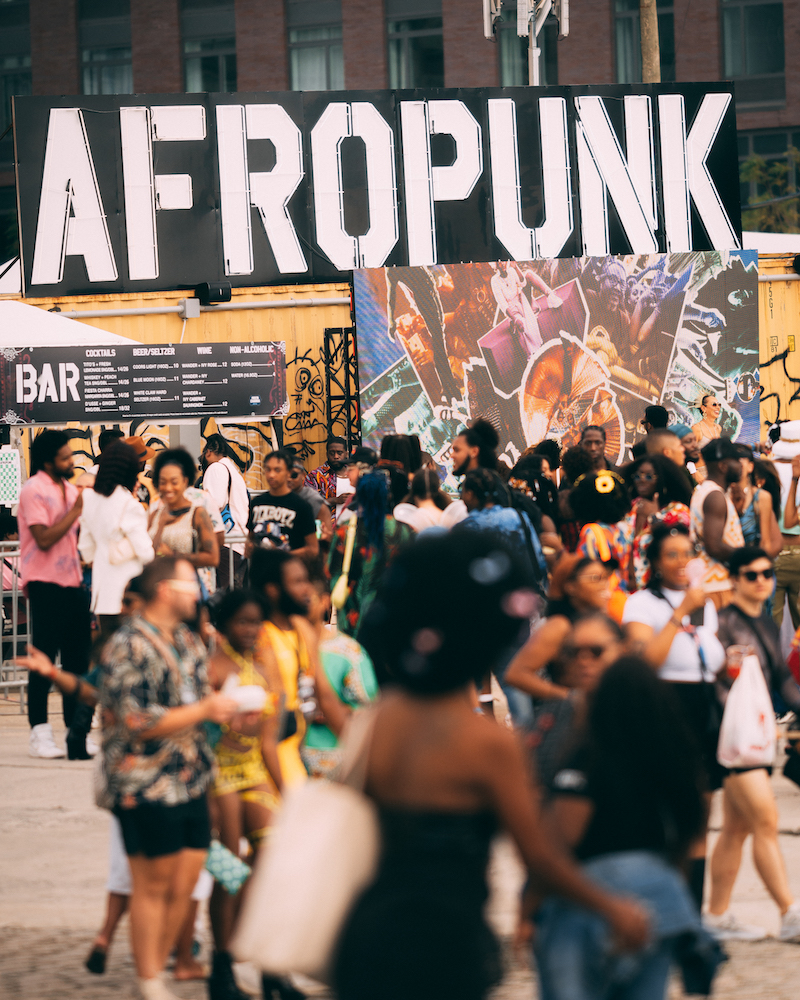
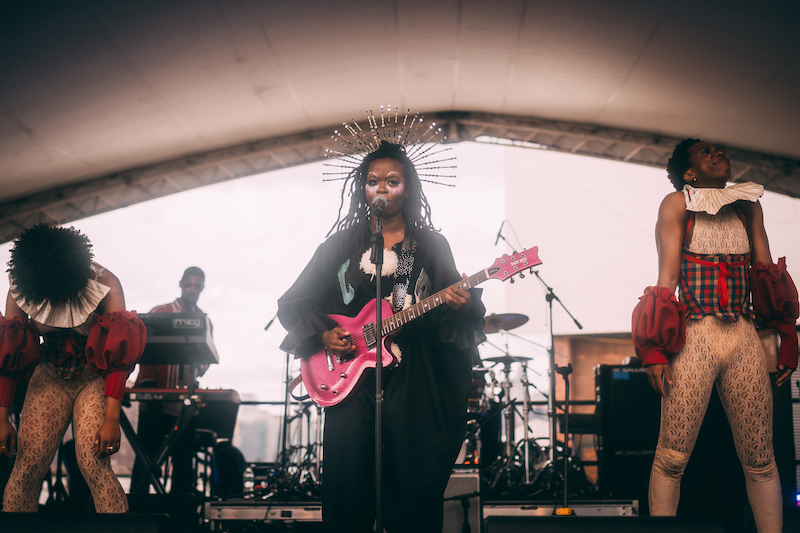
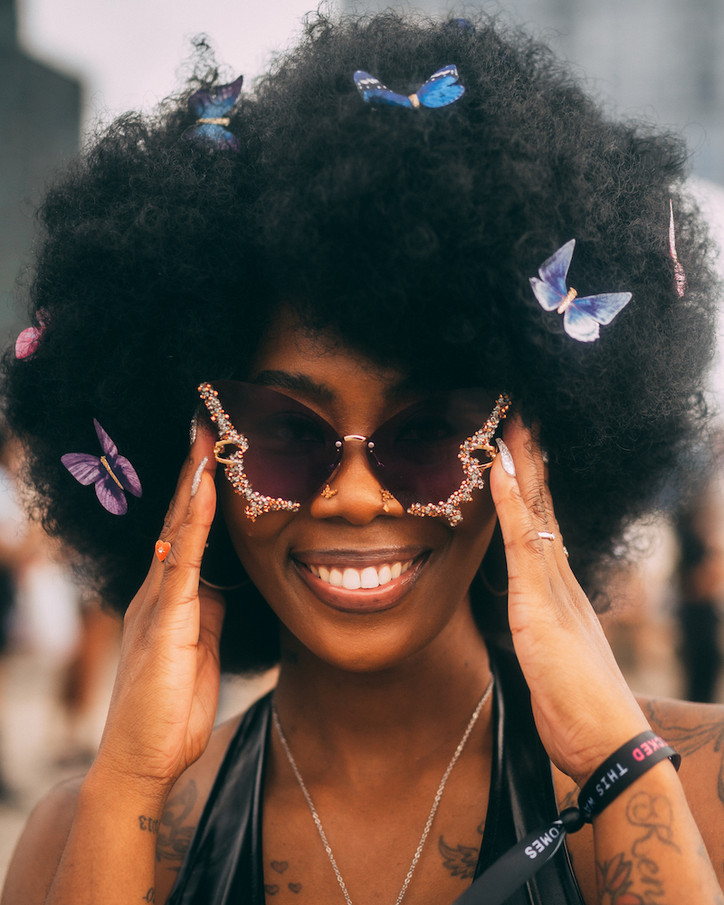
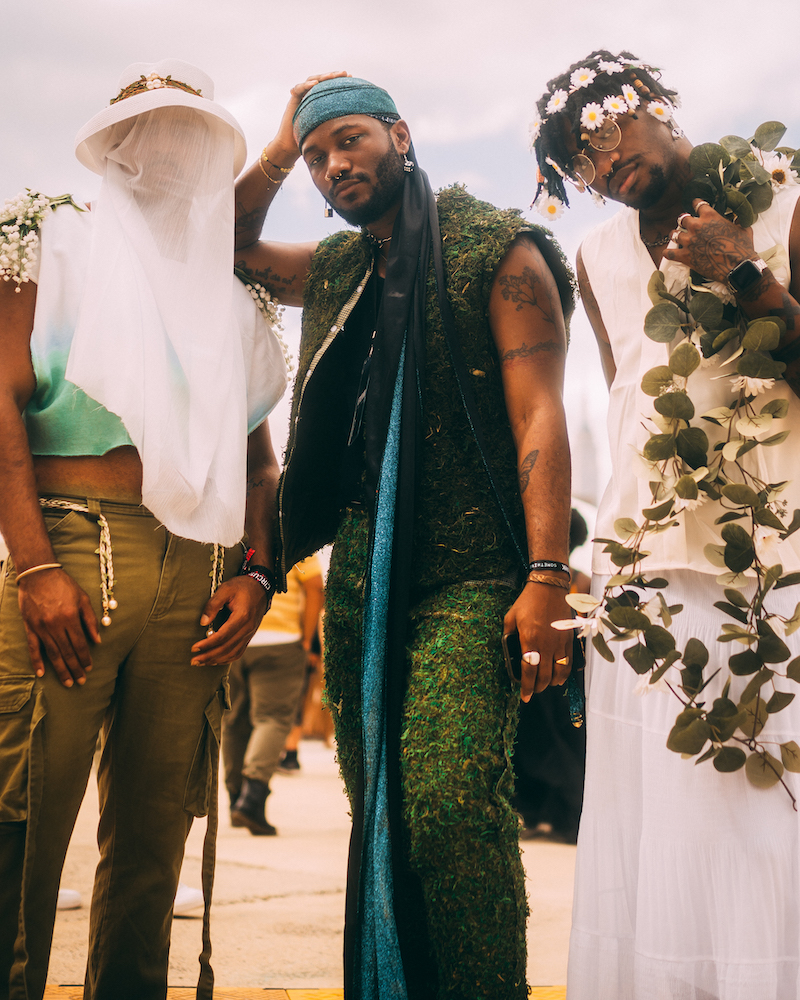
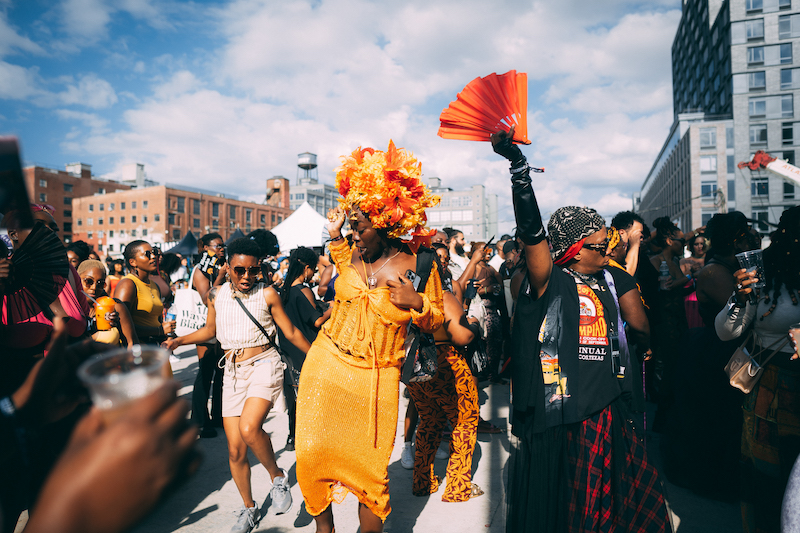
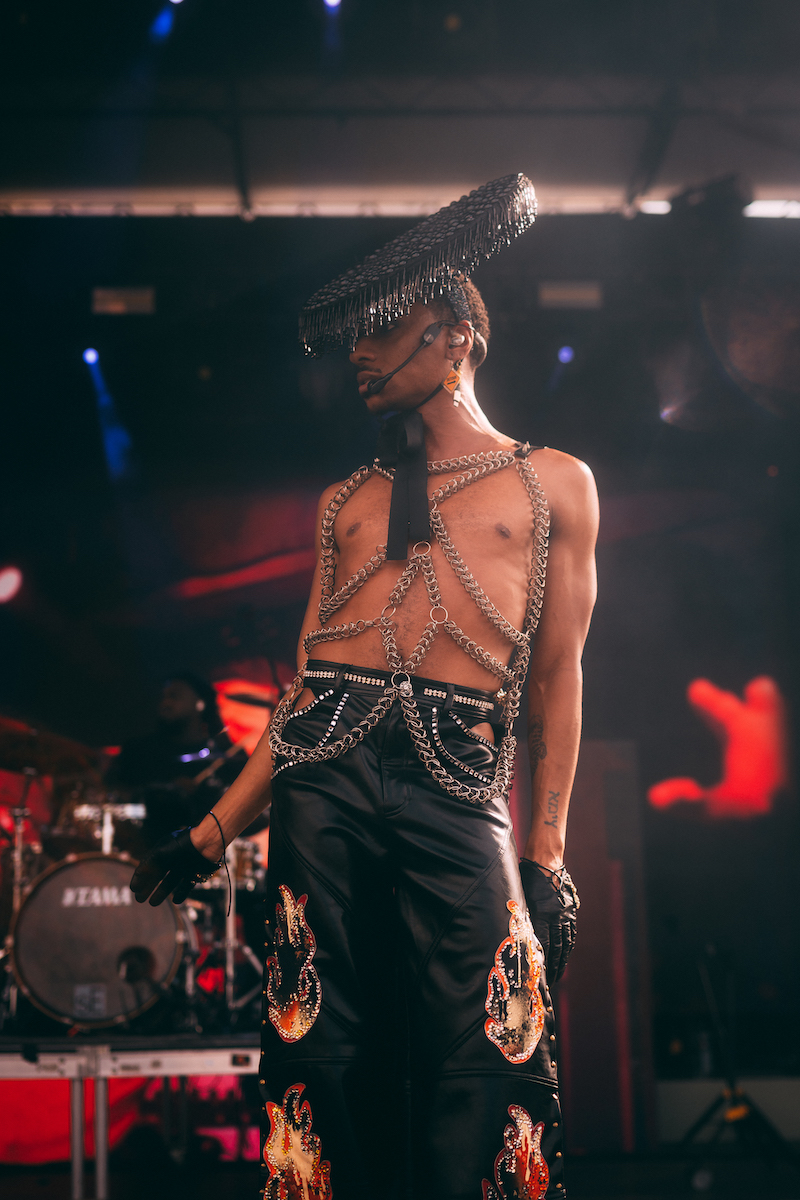
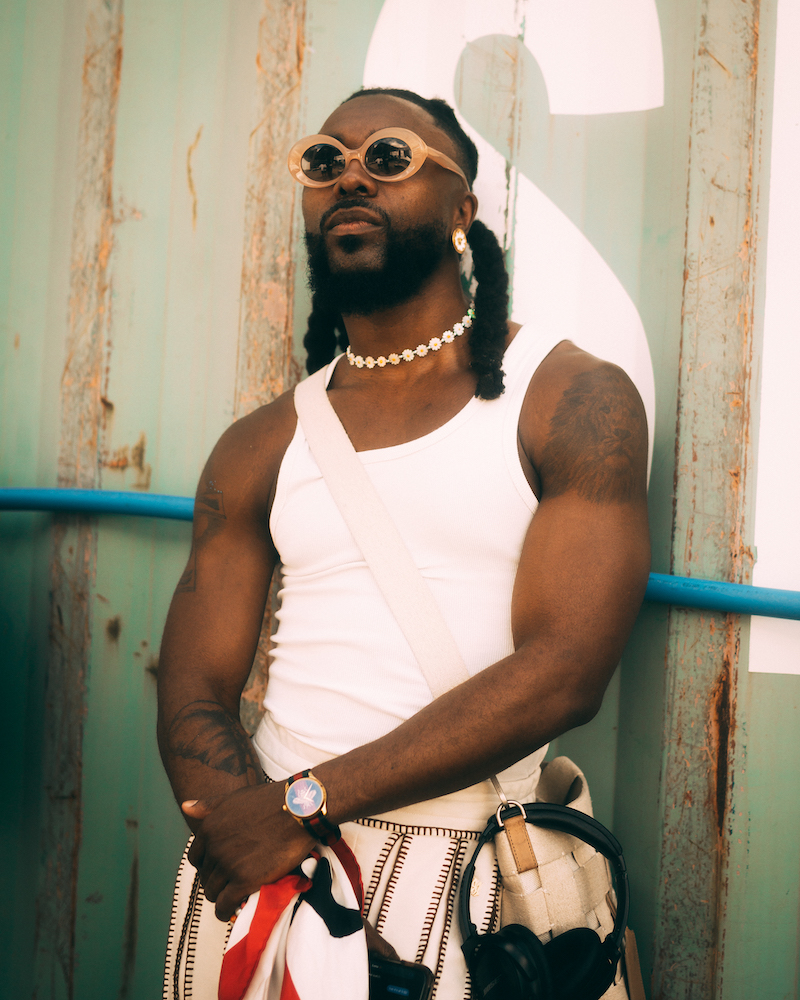

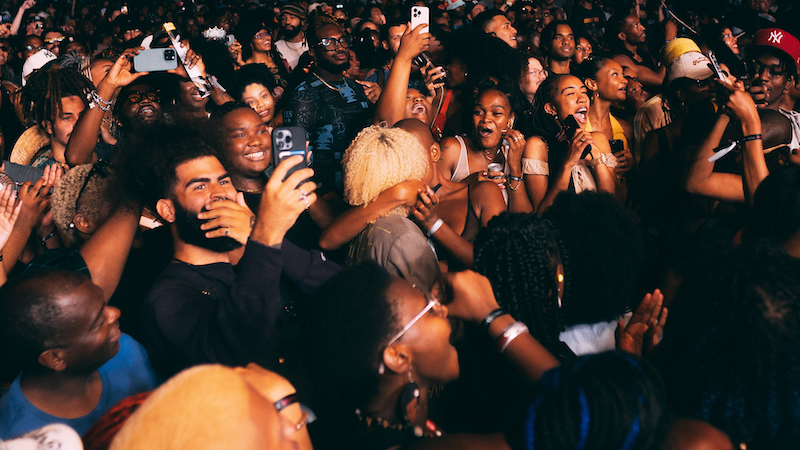
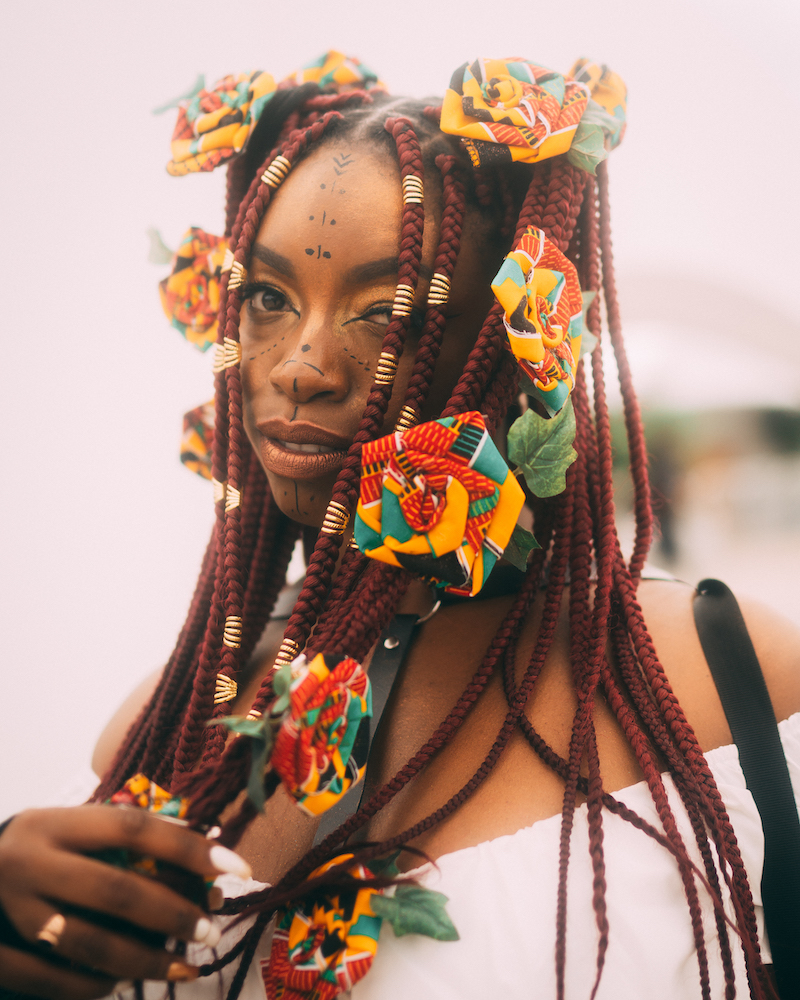
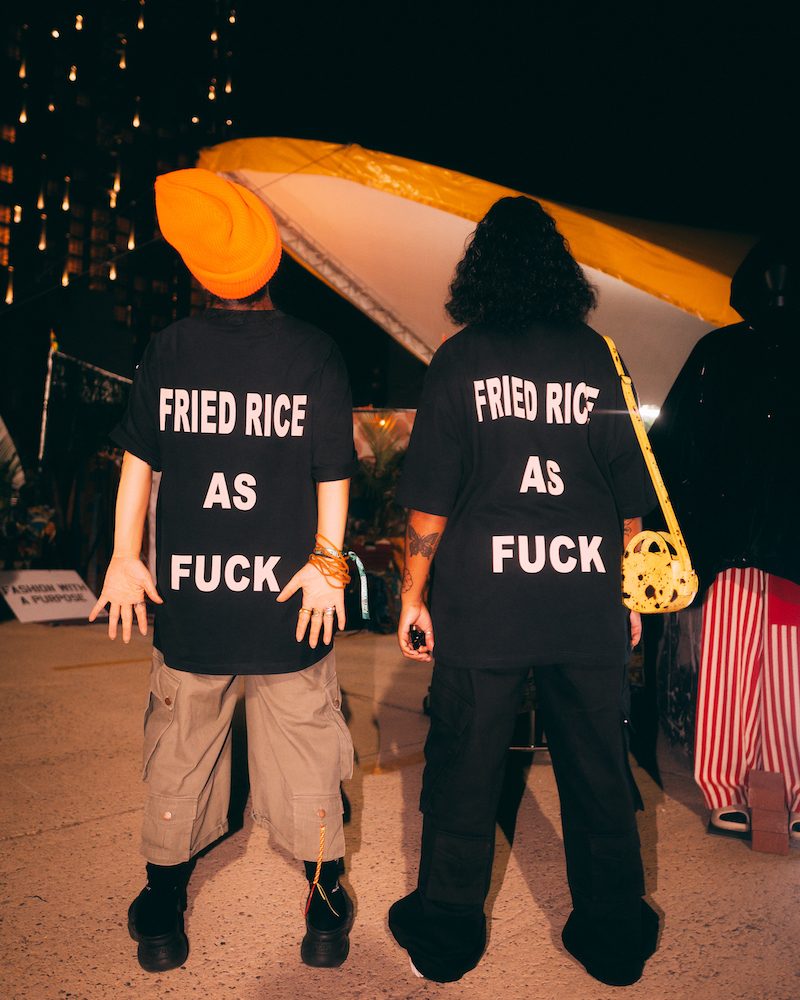
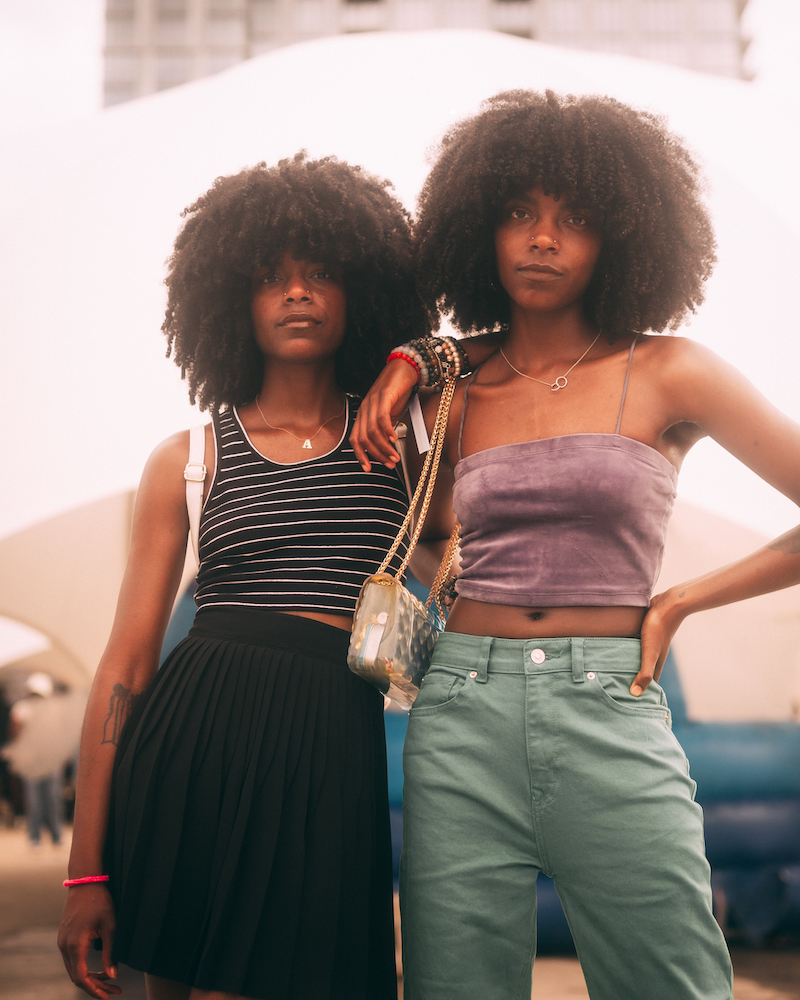

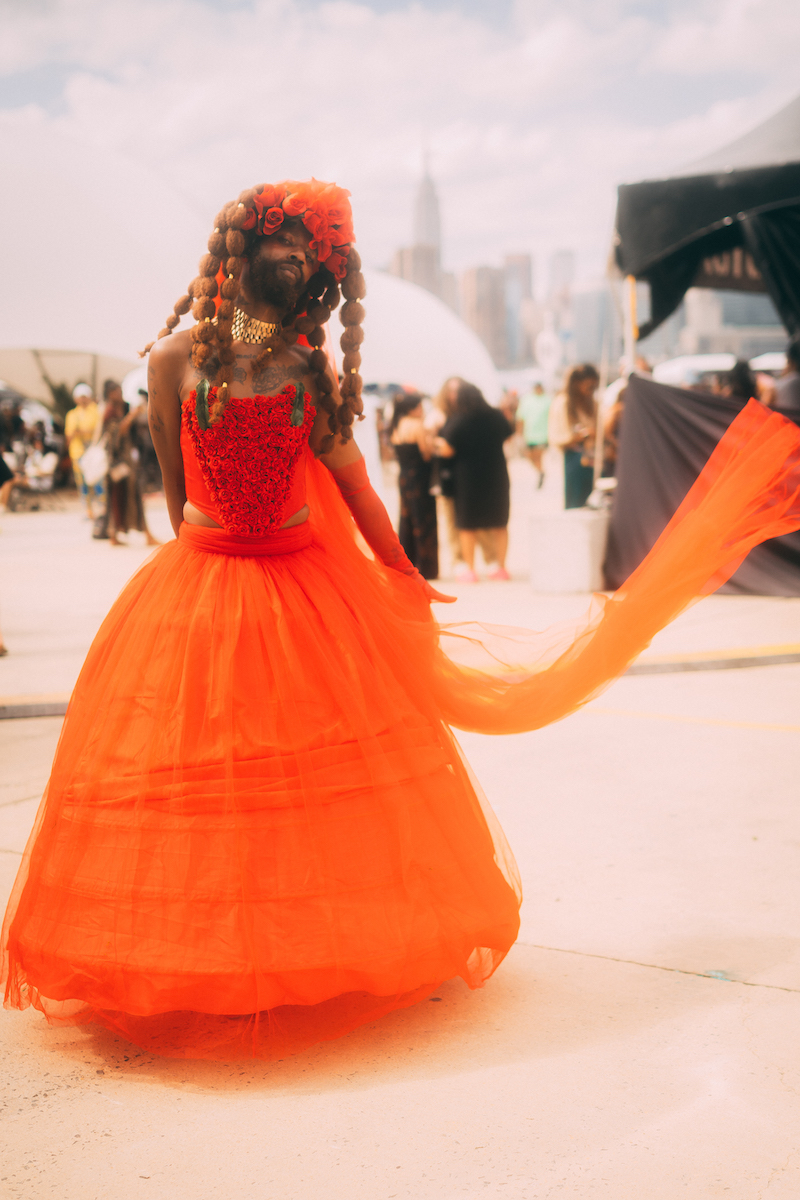
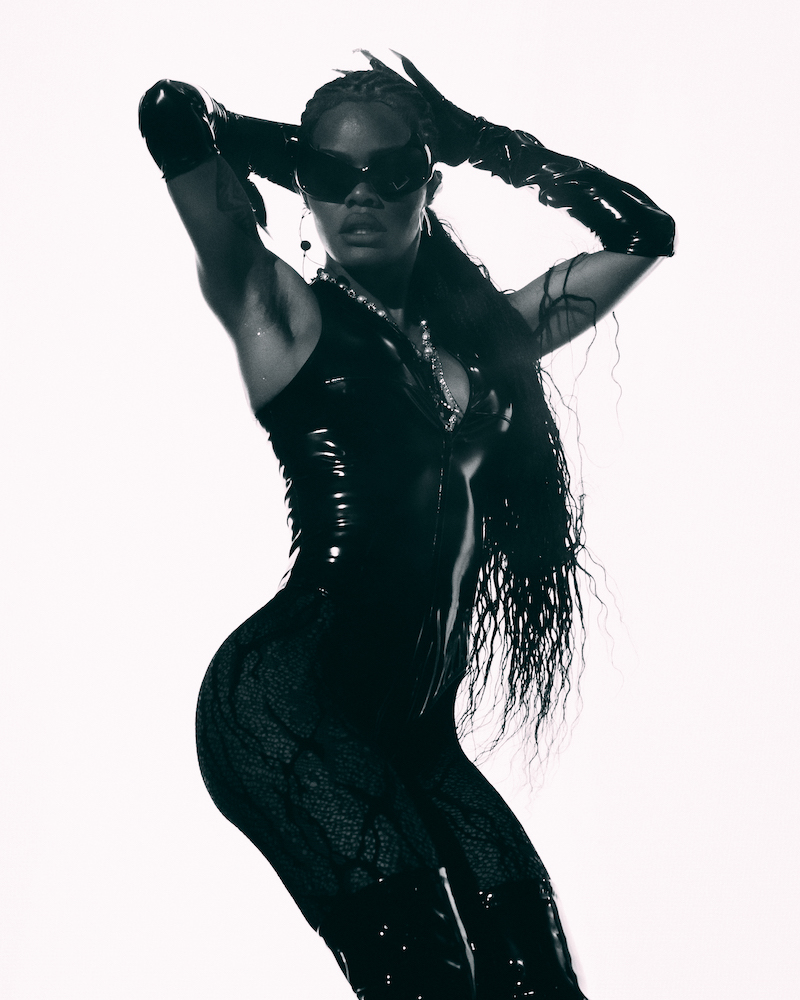
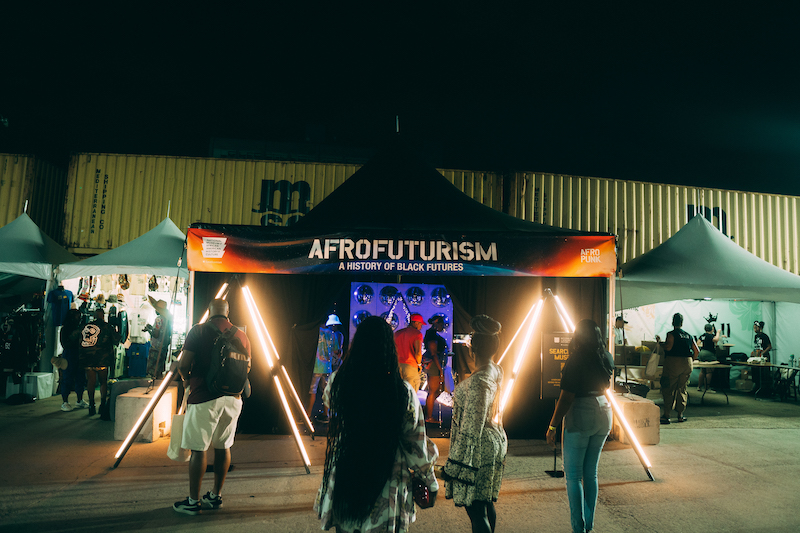
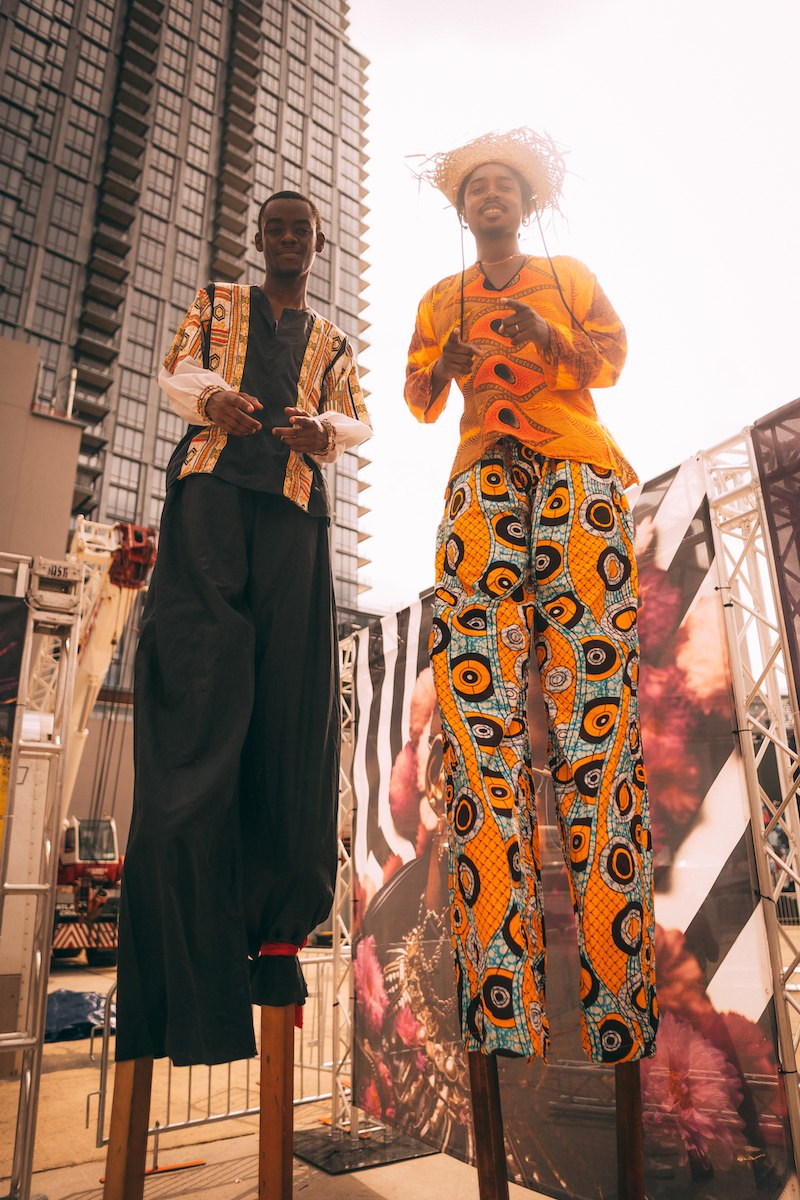
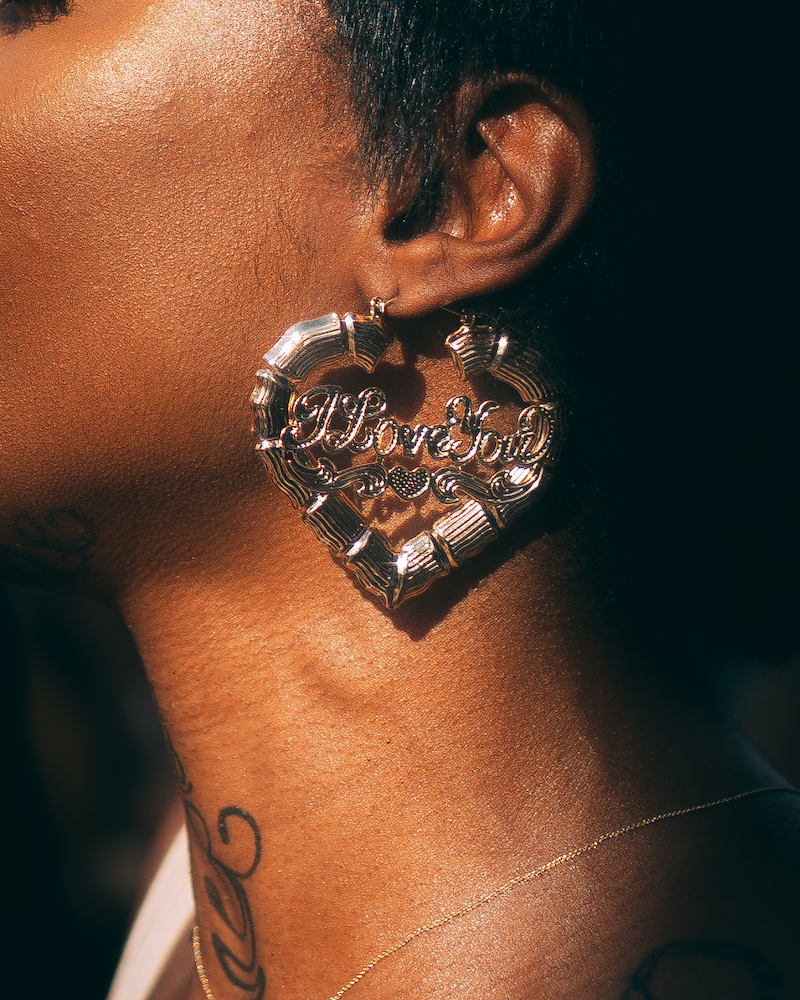

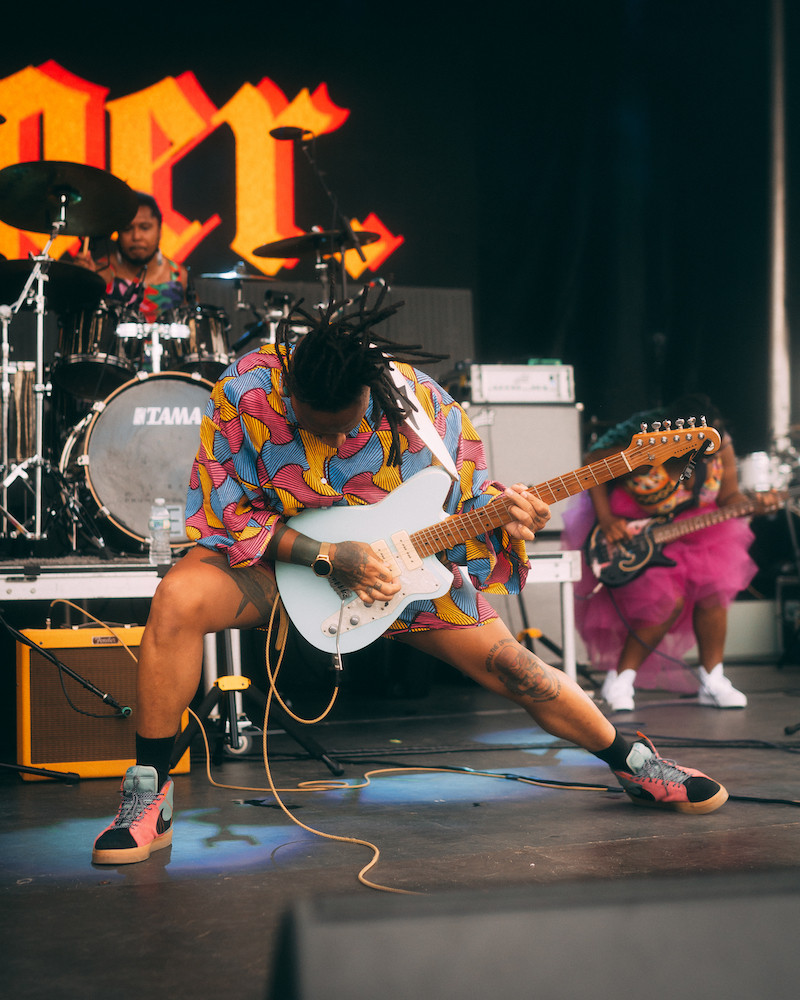
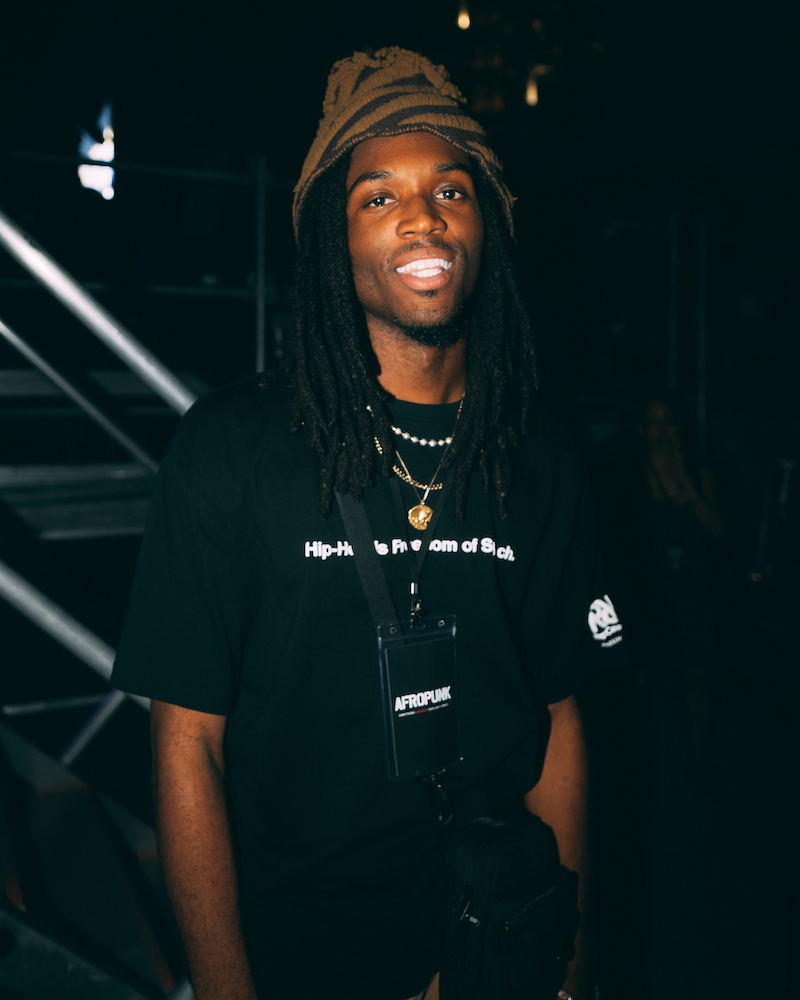

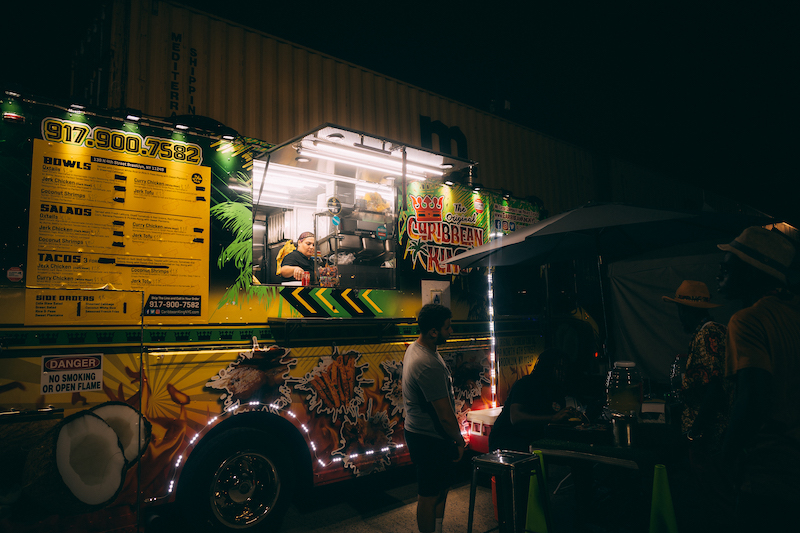

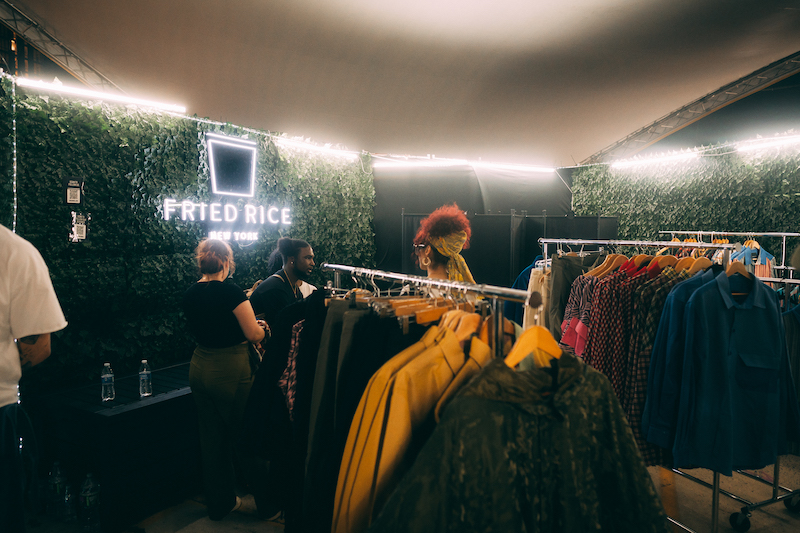
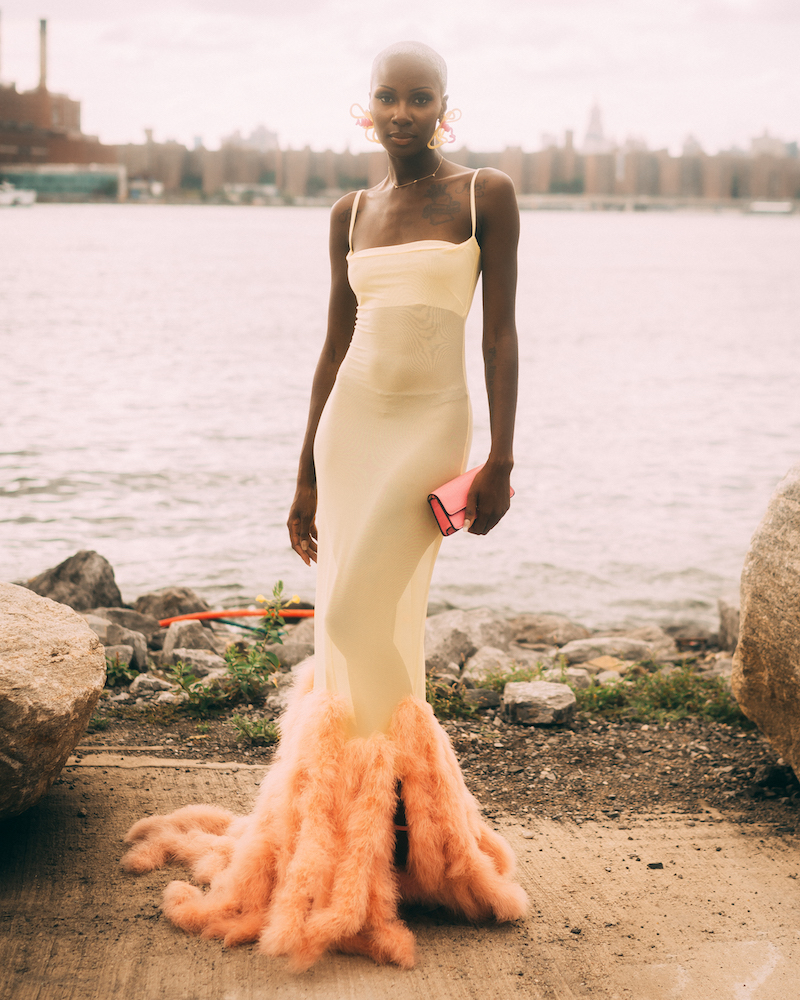
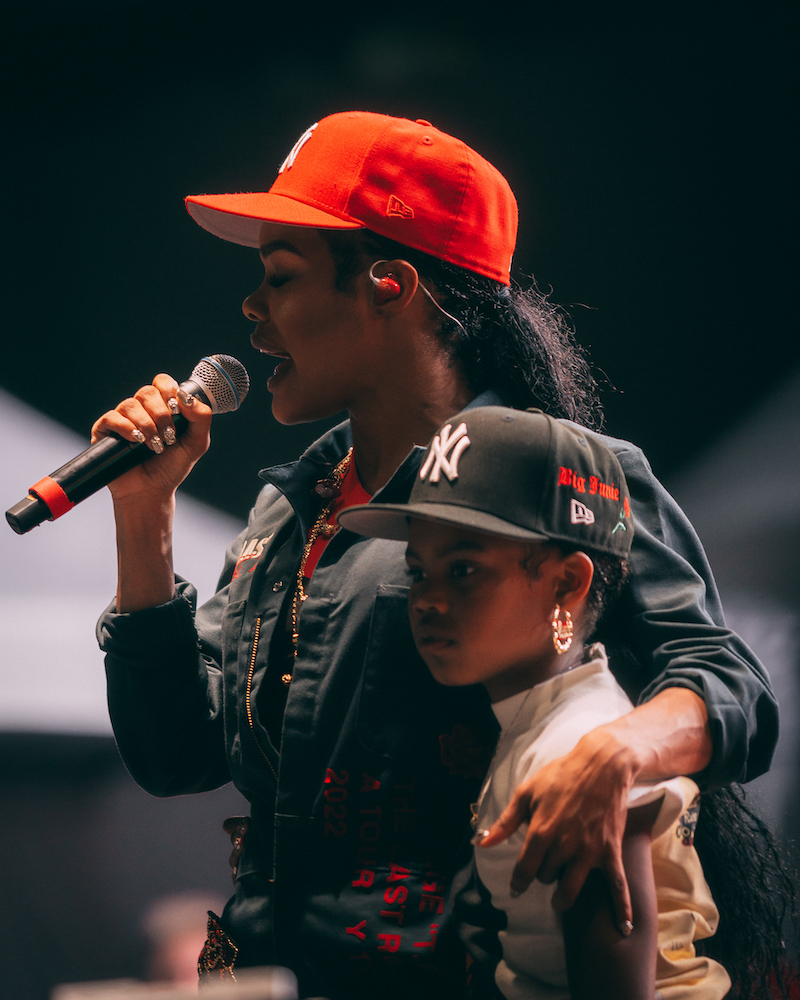

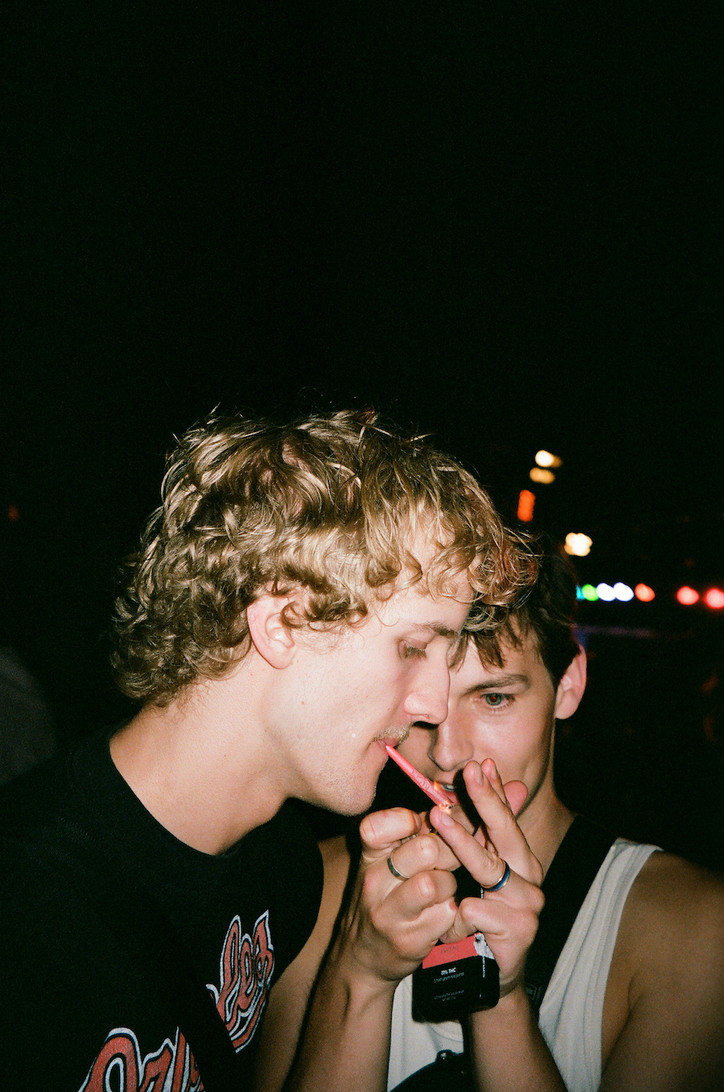
FLAMER’s mission is to use cannabis to bring together artists, creatives, and innovators, providing a space to meet one another to foster friendships and professional relationships. The party became a physical embodiment of this mission, bringing together people from all different backgrounds. New York is one of the few places in the world in which one can be openly queer and consume cannabis without social repercussions, making FLAMER’s party that much more groundbreaking.
In collaboration with Cecilia Centili, founder of Transgender Equity Consulting, and Ty Sunderland, the renowned DJ who has spent his career producing queer music events, the FLAMER team was able to capture the essence of the queer experience in one unique party. Of course, throwing a cannabis party while the industry is still in its infancy, comes with some challenges. Laws around the industry move very slowly, which means getting legal permission and approval can take some time. After having the original idea in August of 2021, the team was able to make the party come to fruition for a night filled with music, dancing, and munchies.
The queer community and cannabis culture are more socially and politically intertwined than we realize. With parallel roots in the countercultural movements of the 20th century, both cultures were advocating for civil and social rights. Matías tells me even the recipe for weed brownies was popularized by Brownie Mary (Mary Jane Rathbun) as she distributed the edibles to AIDS patients to alleviate their pain. To this day, statistics show that queer people are 2.5x more likely to consume cannabis than non-queer counterparts.
Check out the images from the party below.
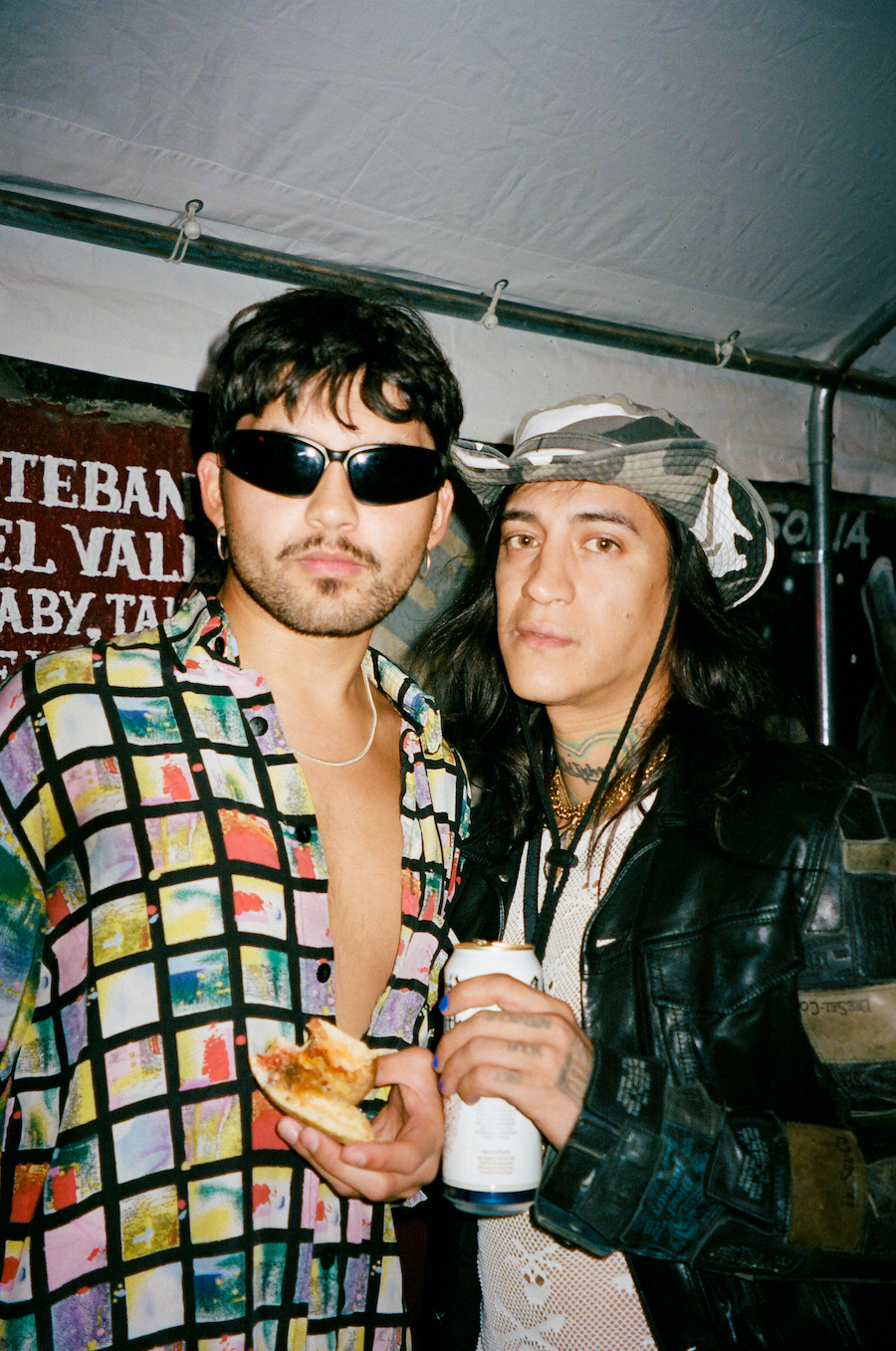
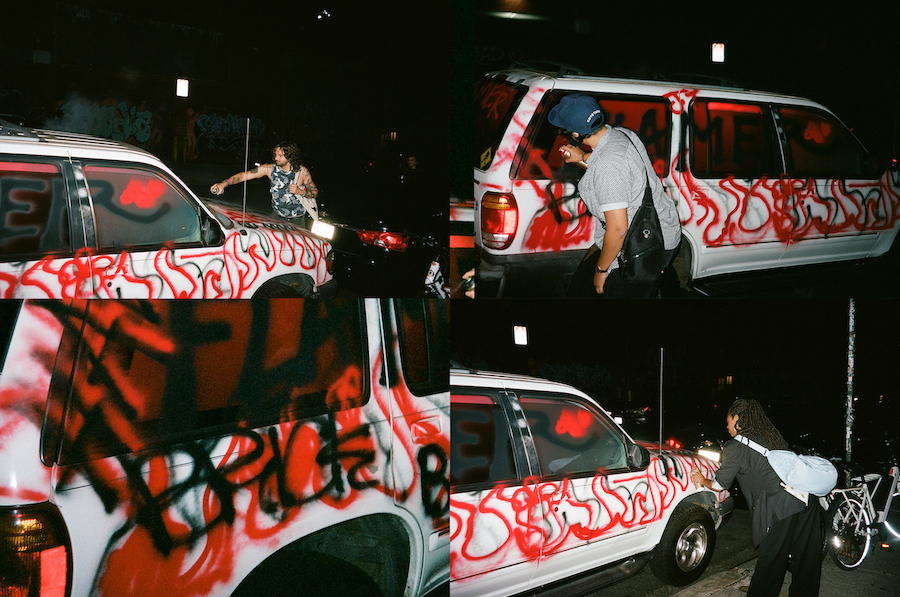
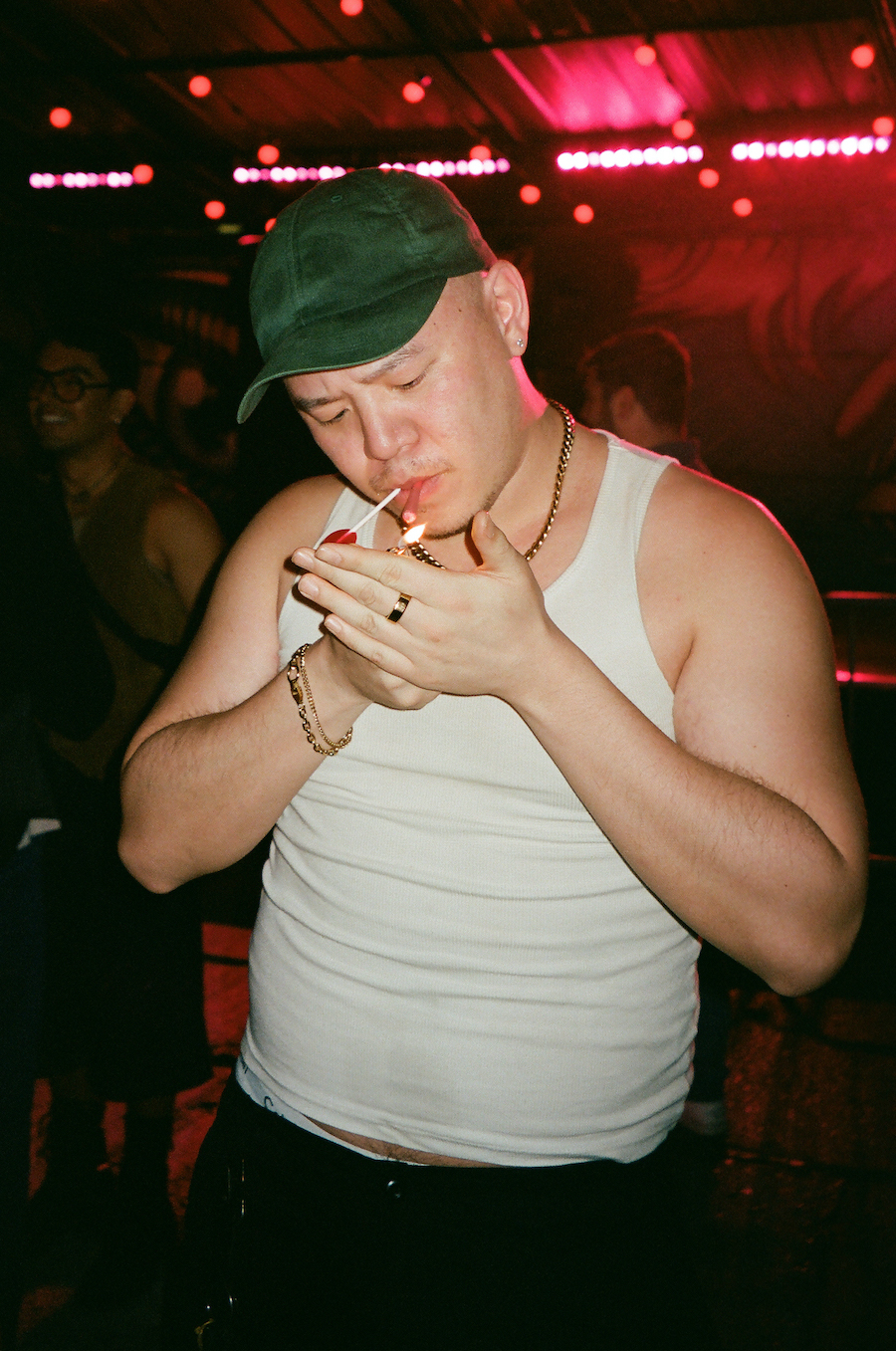
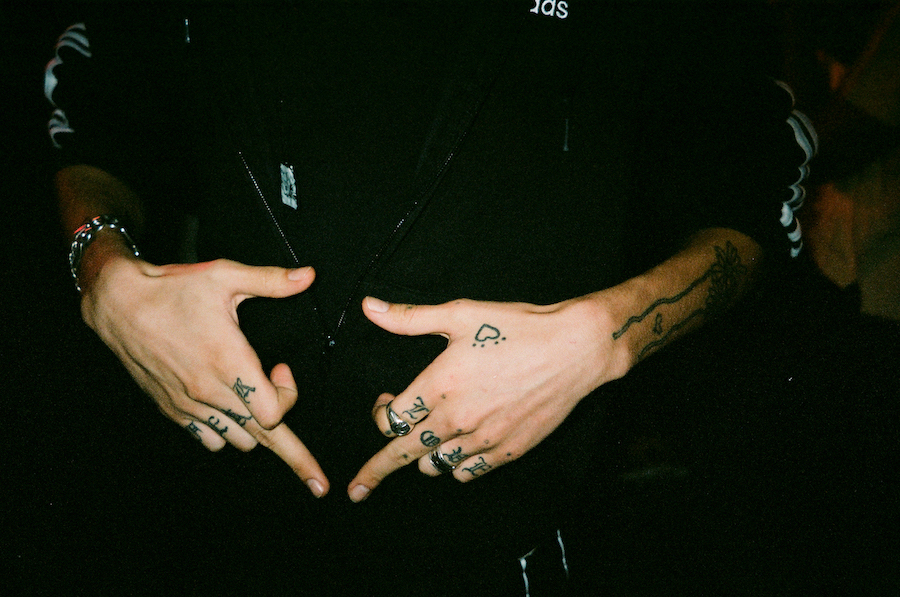
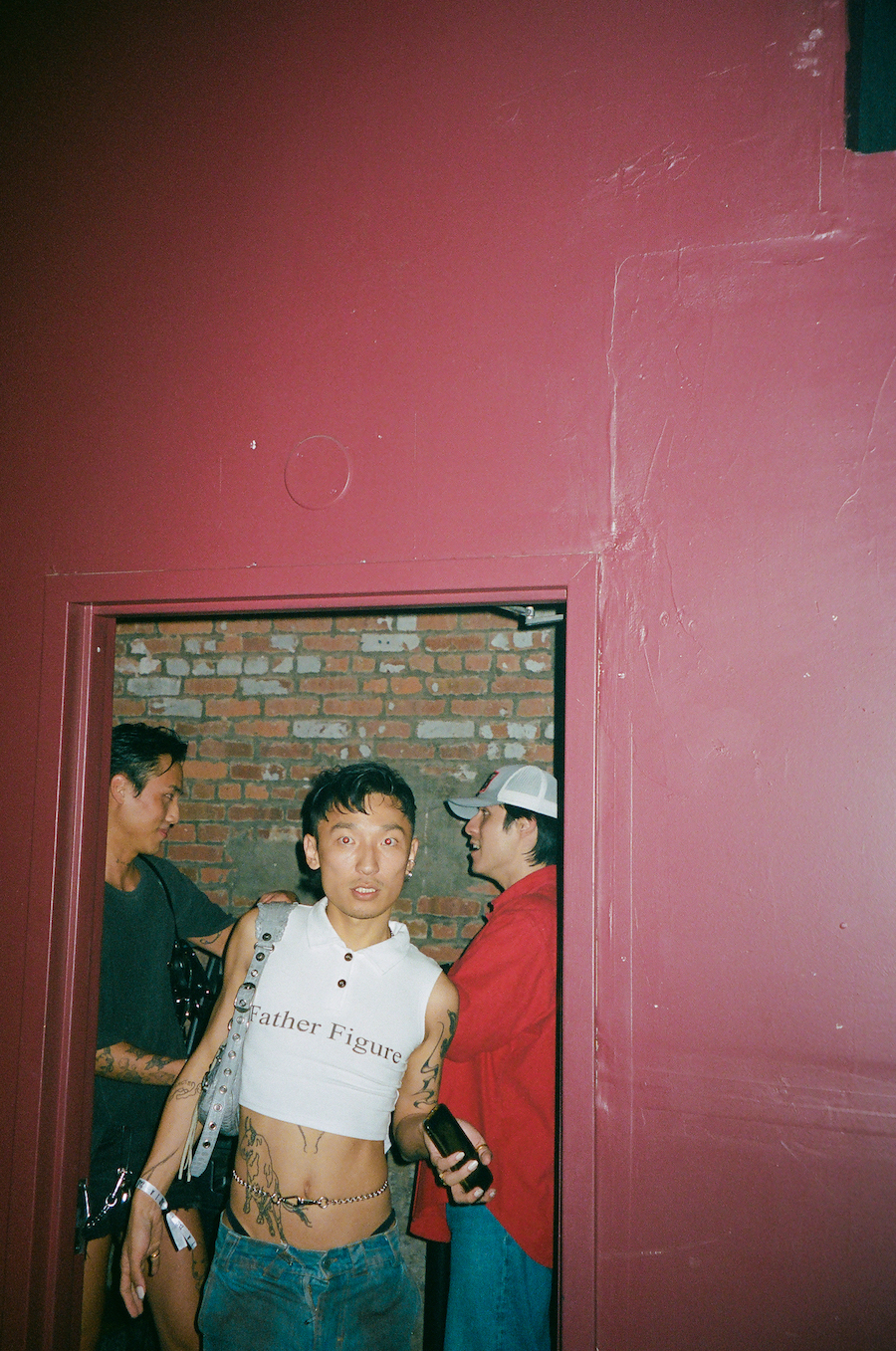

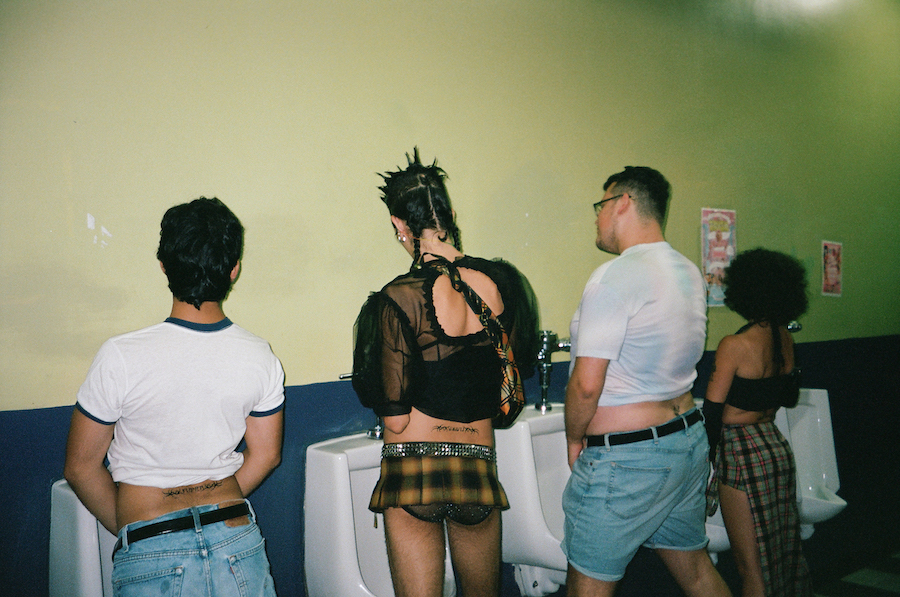
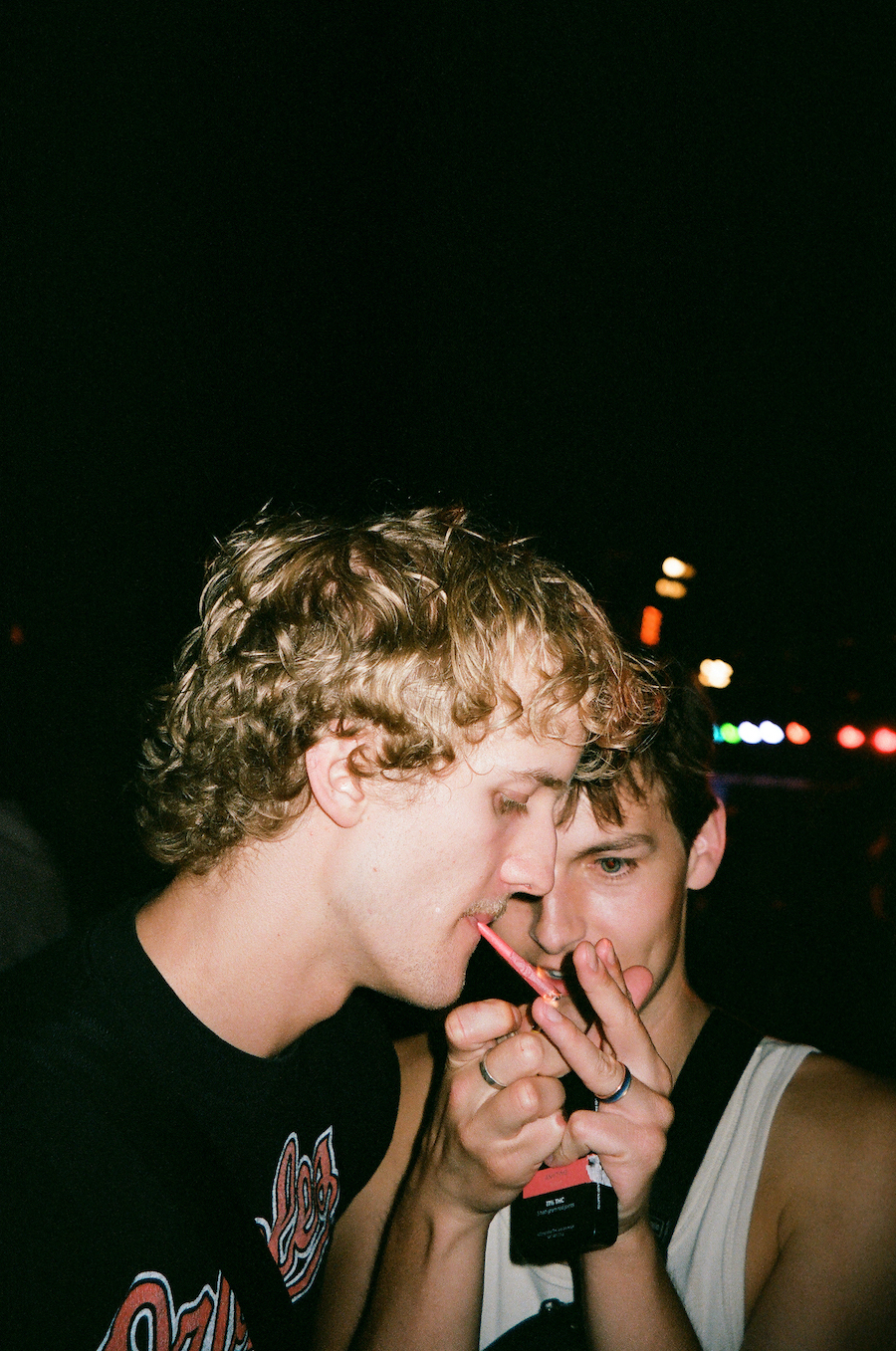
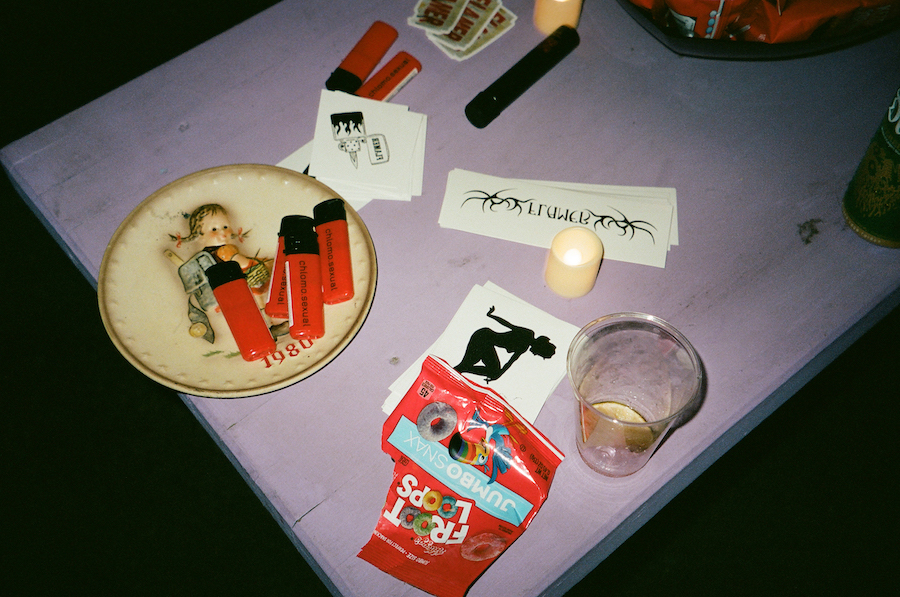
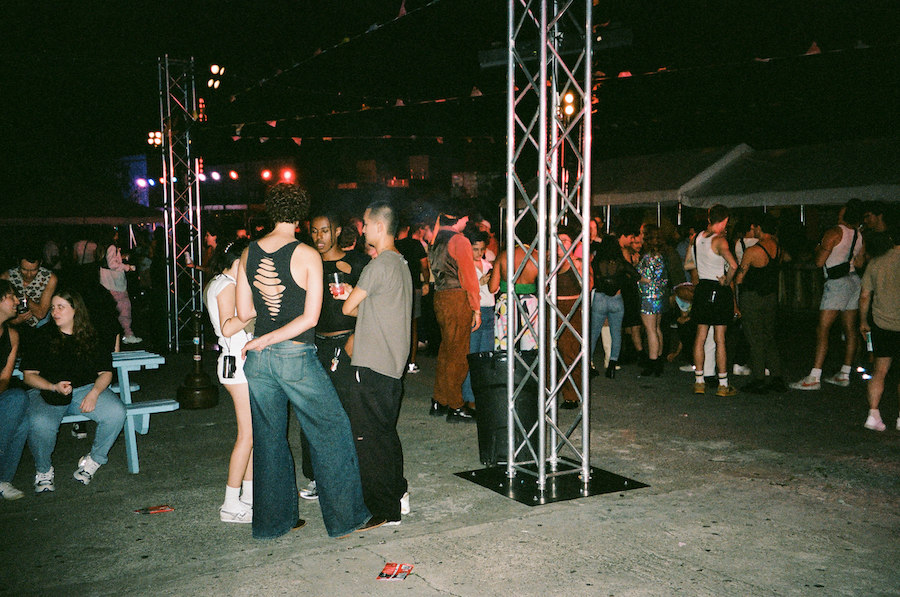
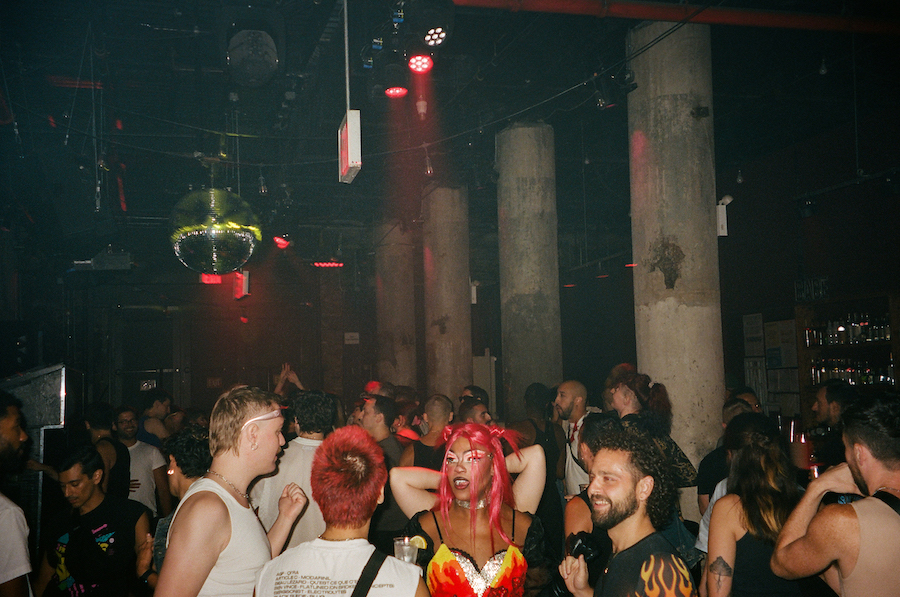
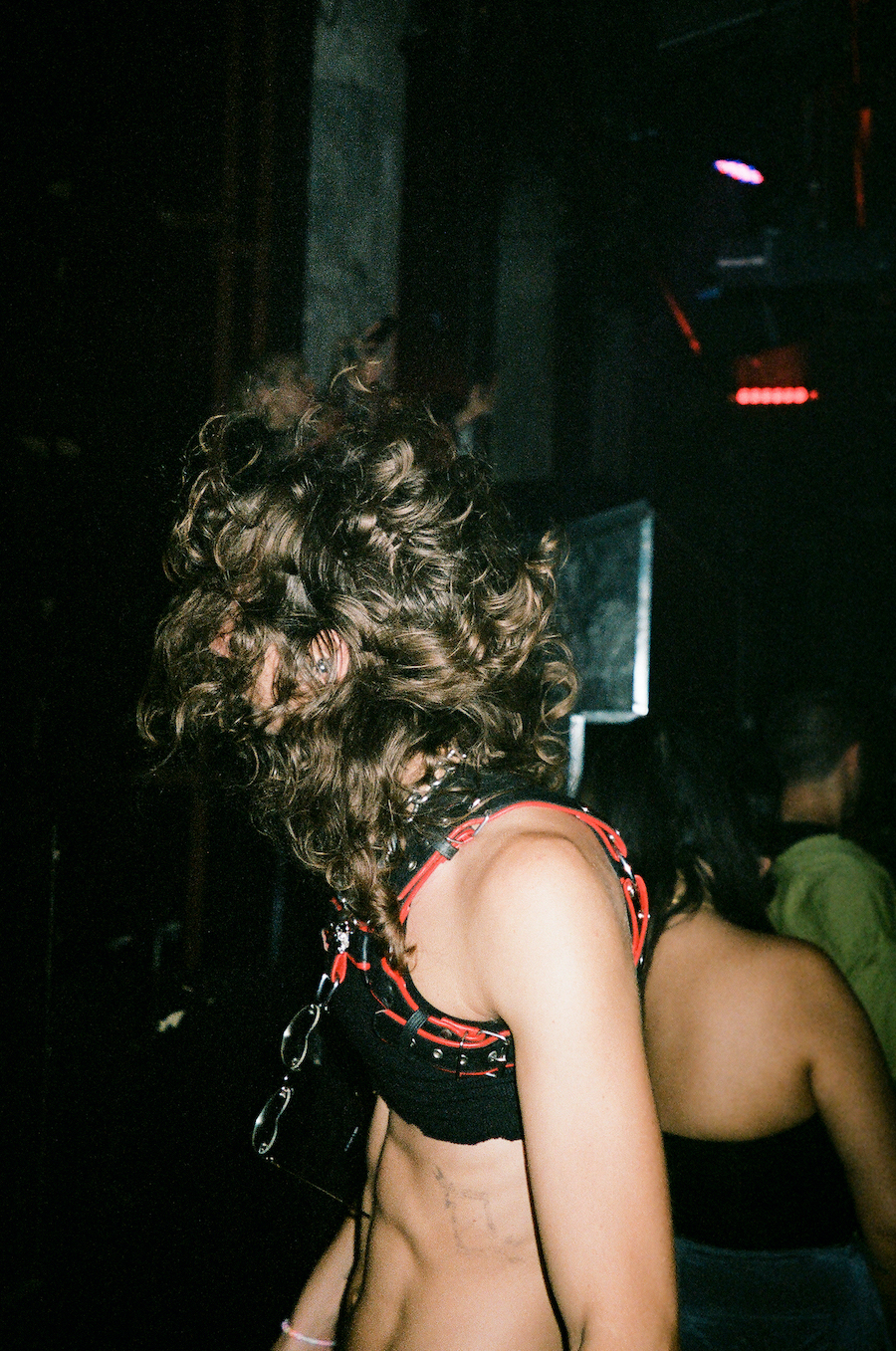
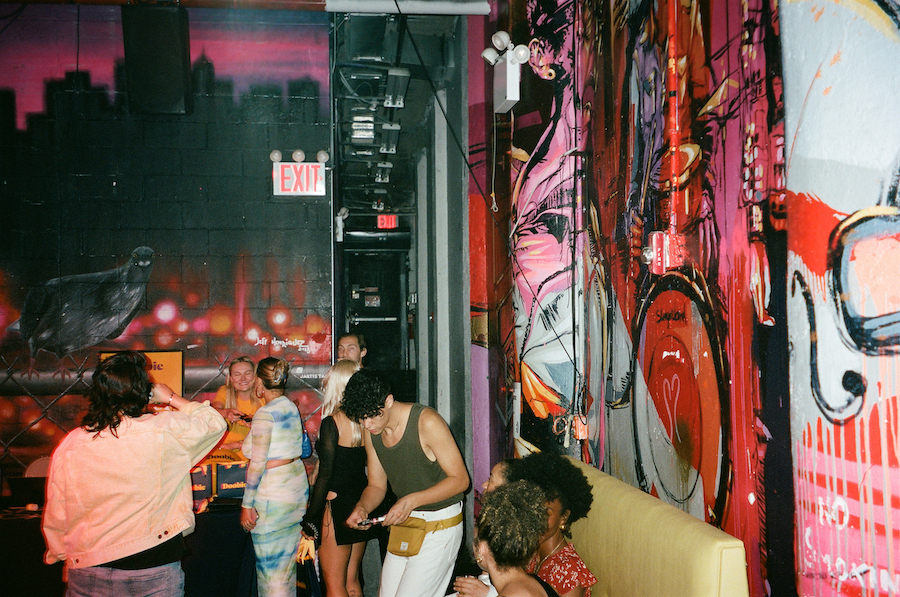
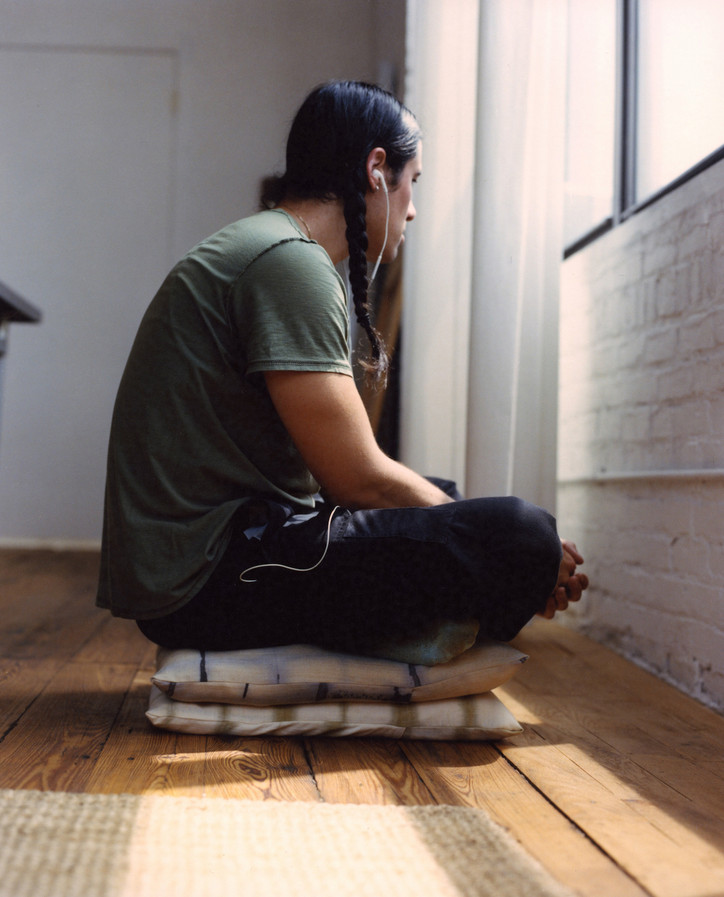
What is your favorite use of the zabuton?
Lately I’ve been sitting on my zabuton while I play my keyboard/synthesizer. I feel much more at peace when sitting on the floor so I often use it when I am listening to music or meditating. Whenever I have people over, we sit on a Zabu, and there is always a heightened energy that feels more intimate and intentional.
How do you use the zabuton now versus when you were a kid?
Growing up I didn’t understand the importance of daily rituals or attach meaning to what I was doing. Now as an adult, I crave environments that bring me peaceful or meaningful interactions. When I am on my zabuton, I am able to relieve the stress that comes with growing up and simply slow down.
How is this item a part of your family heritage and traditions?
My mother first introduced the zabuton to me after spending a few years in Tokyo. She always made it a point to make sure my siblings and I understood Japanese culture. We would often have Japanese dinners where my family sat at a chabudai (low table) with the zabuton and we would talk for hours. She has been the main ingredient in keeping many family traditions alive. This past year, my brother and I discovered our Sosobo (great grandmother) was a founding member and activist for the Japanese American Museum. This was after her and my Bachan (Grandmother) were incarcerated in the Japanese American Internment Camps during World War II. Unfortunately I didn't get to spend much time with my grandparents in my formative years, so this is my way of continuing my relationship with my ancestors. This isn't just a brand – it's my journey to fully understanding my identity.
How will you carry these traditions on as you get older and start your own family?
If it wasn't for cultural traditions carried through family legacy, life wouldn't have that much flavor. It's easy to forget the simple things that brought you joy and happiness as a child. We're flooded with rules and distractions that make it easy to forget the things that made us smile. I now know what brings me fulfillment and meaning and I cannot wait to share and pass down the traditions I’ve held close to me. What's so amazing about zabuton is there are many traditions that are intertwined. Dinners at the kotatsu table, matcha ceremonies, storytelling, and so many others.
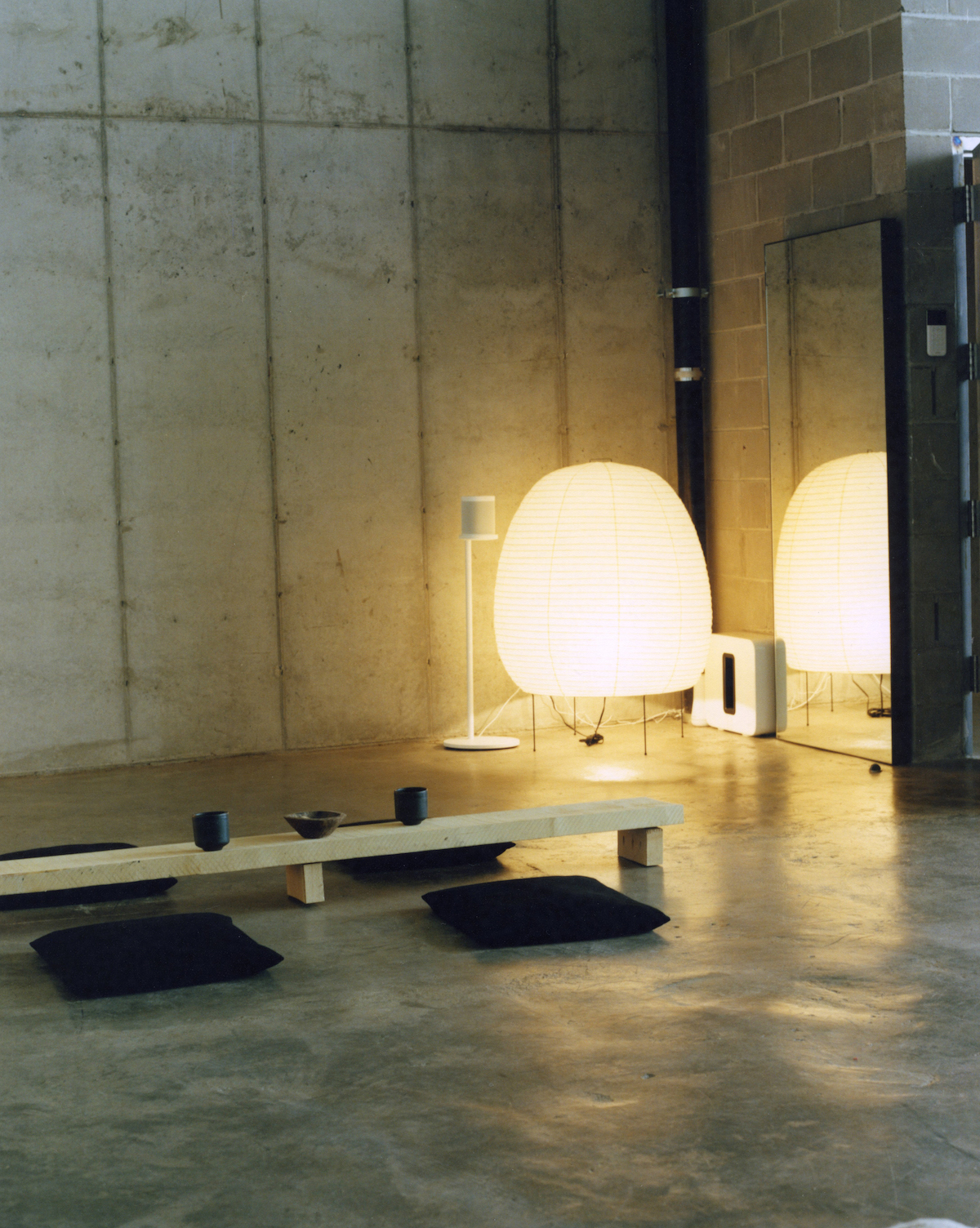
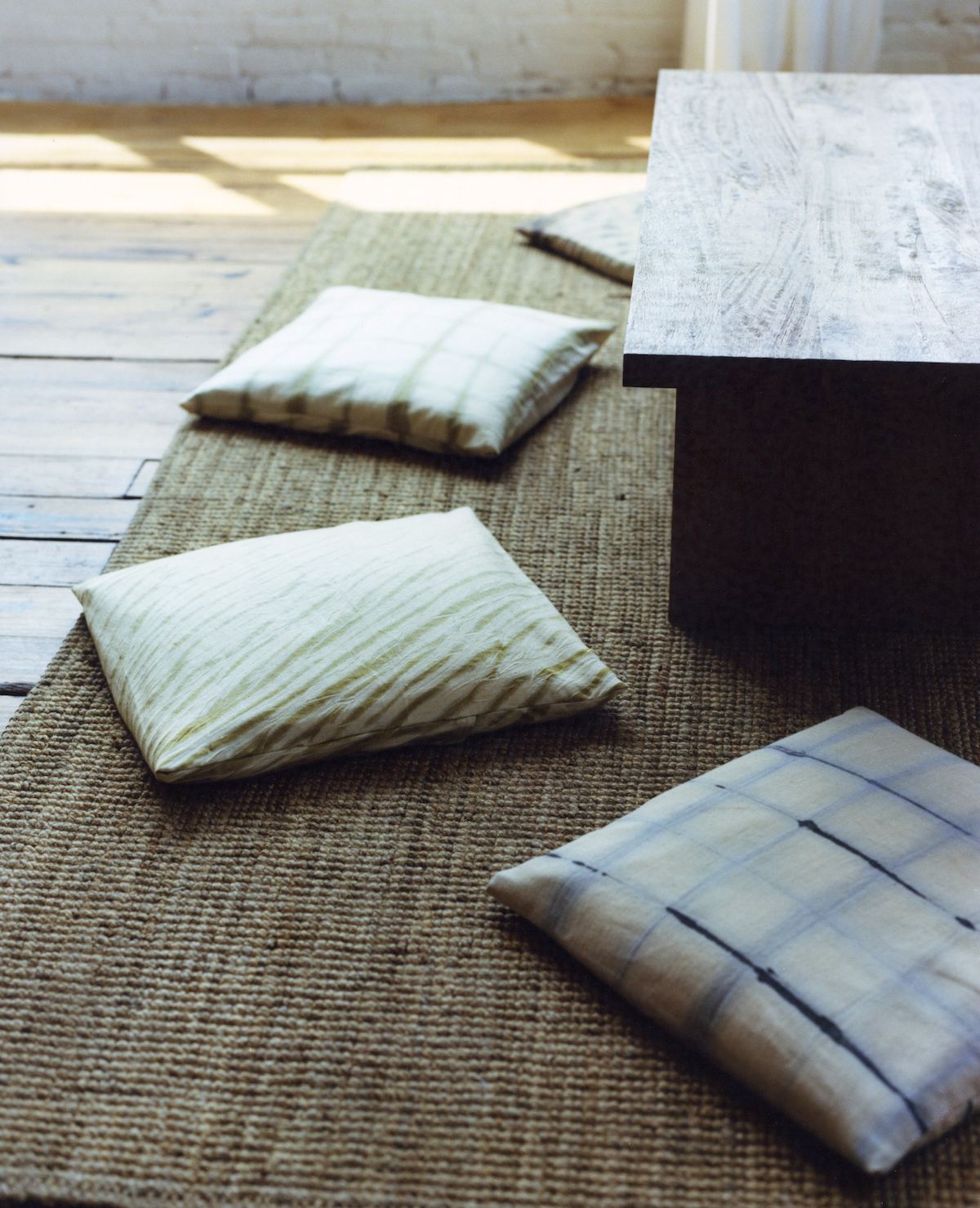
How did you learn how to make these items? How did you decide which materials to use?
I’ve always been deeply in love with textiles, the texture, patterns, everything about them. I took a few sewing classes throughout high school and it stuck with me. I knew I wanted to create something organic and original to me, so when the idea popped up to make a zabuton I figured why not give it a try. The zabuton has been around for a long time but I wanted to create my own version while still incorporating a traditional look/feel. Plaids are my favorite and the fun part is I can always change the textiles I'm using as I go. I hope to incorporate more traditional Japanese silks this year.
Why did you choose to fill with buckwheat instead of cushions?
At first I was set on hand stuffing the Zabu’s but after some thought, I decided that I wanted each cushion to feel heavy and compact yet thin and stackable. After lending out Zabu’s filled with soba (buckwheat hulls) to friends for an 8 hour film screening, I received a lot of great feedback. Everyone was comfortable and shared that their back/spine felt supported and they could surprisingly sit on the floor throughout such a long film. Buckwheat hulls are also sustainable, breathable and don’t retain moisture or scent so they won't erode or get smelly over the years.
Do you see the brand expanding into any other products?
The brand is naturally in tune with my progression as a human being, so as I evolve so does Zabu. I think I’ll expand into other products but right now I’m focused on introducing people to the zabuton and changing how people think about sitting on ground level.
What do you hope people gain from using a Zabu?
I hope that individuals gain access to discovering more about themselves. I want people to look at a Zabu and feel like it’s useful in their daily life. I’ve seen more & more people who are influenced by Japanese low-living. I simply want to help others feel open to this style of seating through the use of Zabu.
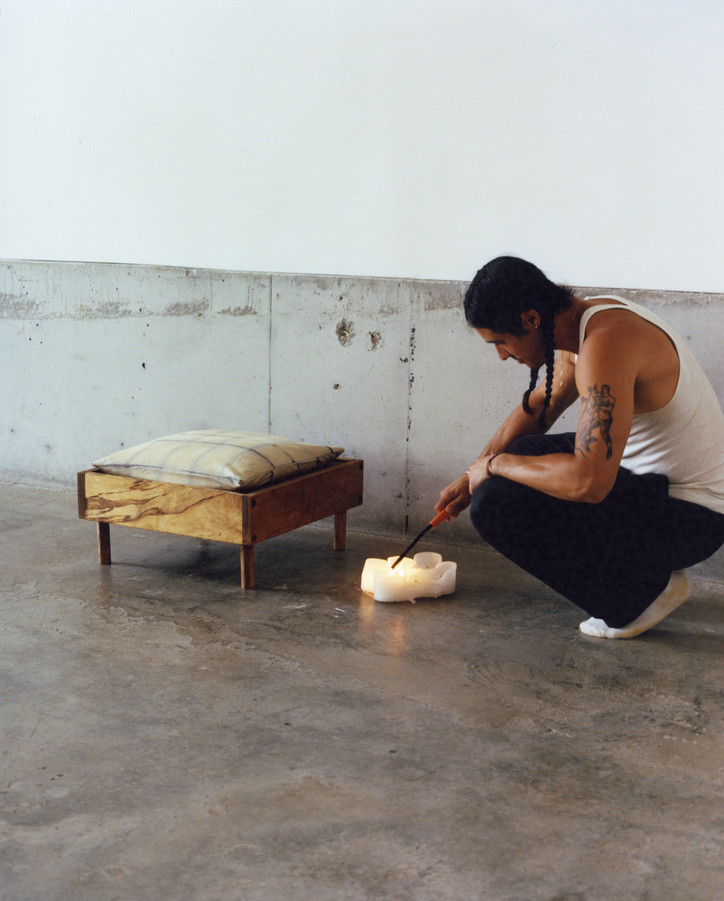
How do you go about introducing people to your brand?
The majority of interest has been through word of mouth or the events I have participated in. Recently, I collaborated with Serious Construction, whose owner, Yudai Kanayama is from Hokkaido, Japan. We created the ZabuStool, which is a low-stool made from 300 year old wood with a Zabu resting on top. It acts as a stool that can also be used as a table. This experience taught me the power of showcasing unique Japanese traditions and designs to a wider audience. So far the brands progress has felt very natural. I have some friends that are interested in what I do and some that could care less. It’s not for everyone and that’s fine.
Tell us about your most recent Zabu collaboration.
I am currently working on a collaboration with my childhood friend Shelby Walter, of ‘Gaia Mara Collective’ who is a freelance designer and fabrication dye specialist. We incorporated three traditional methods (Arashi, Itajime, and Ne-Maki) of the Shibori dyeing process to create unique patterns for Zabu. Each technique involves patience and imperfection, and has taught us a lot about the beauty behind Shibori dye. Next week I have an exciting announcement for a new Zabu with textiles from a brand I really admire. Keep a look out for that announcement!
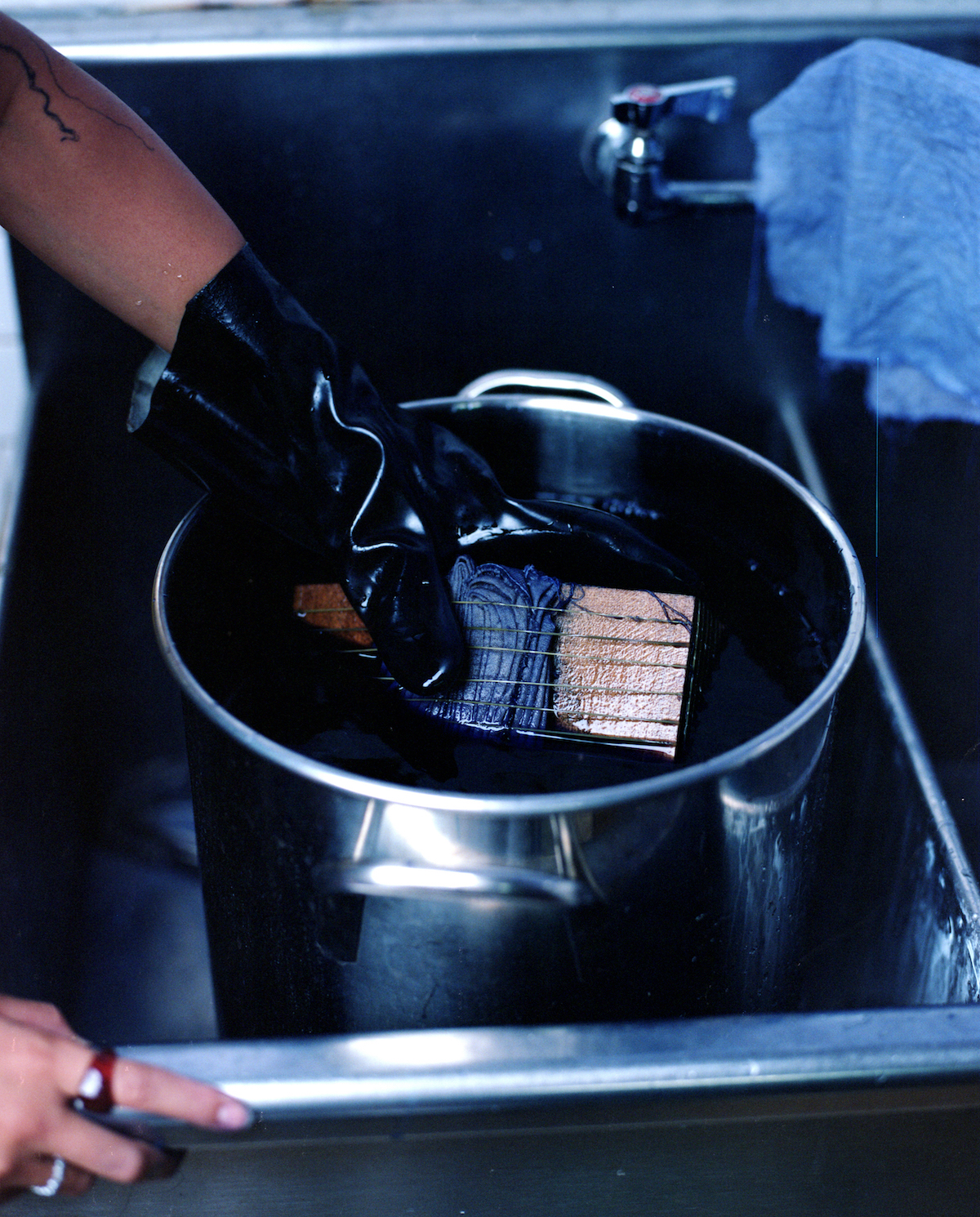
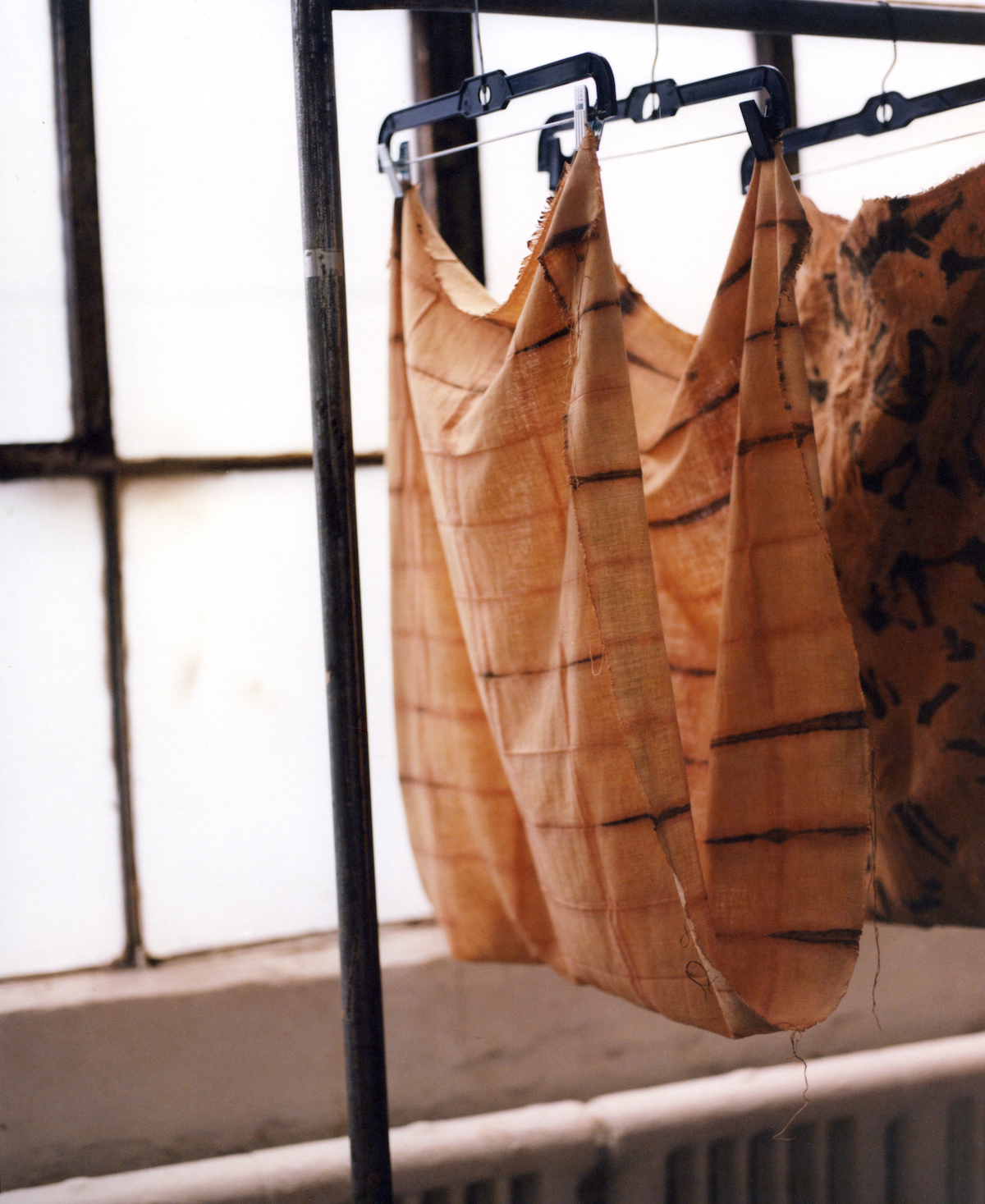
Zabu’s available at zabunyc.com and online or in-store at lichennyc.com